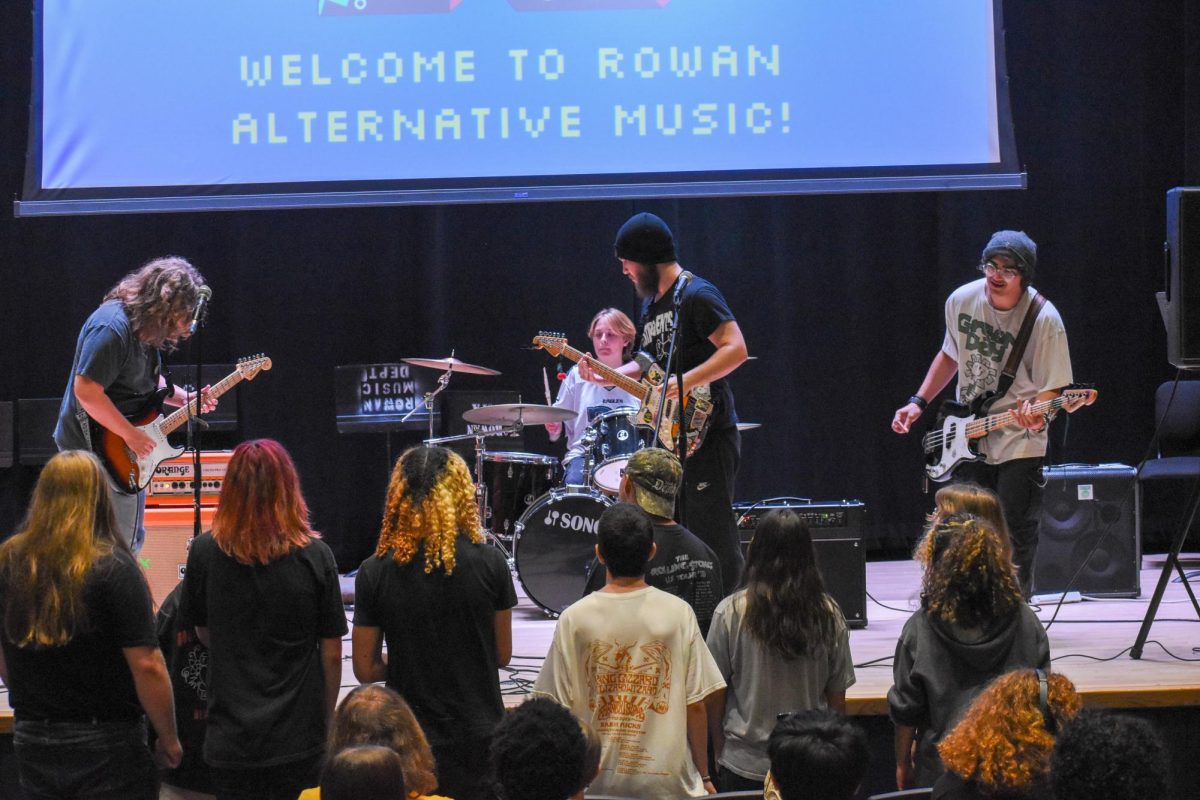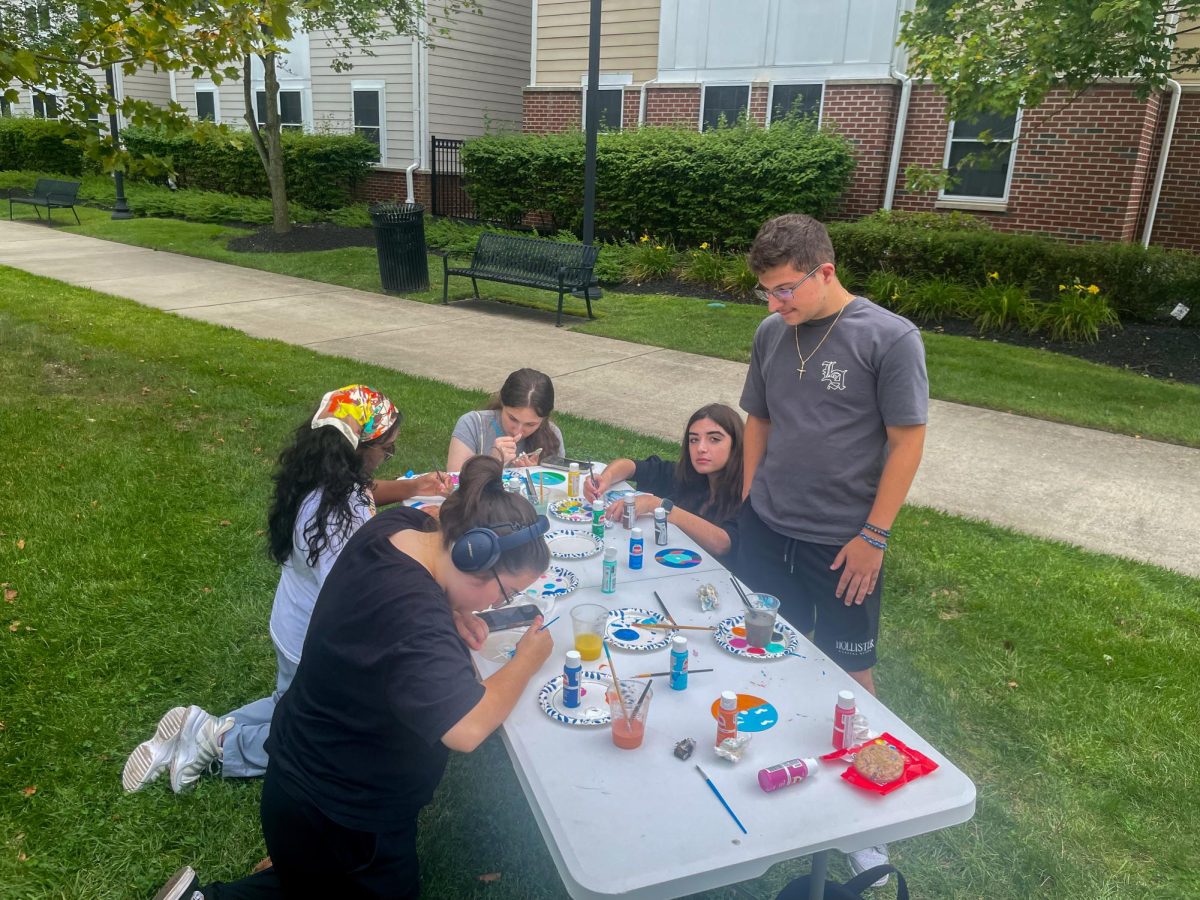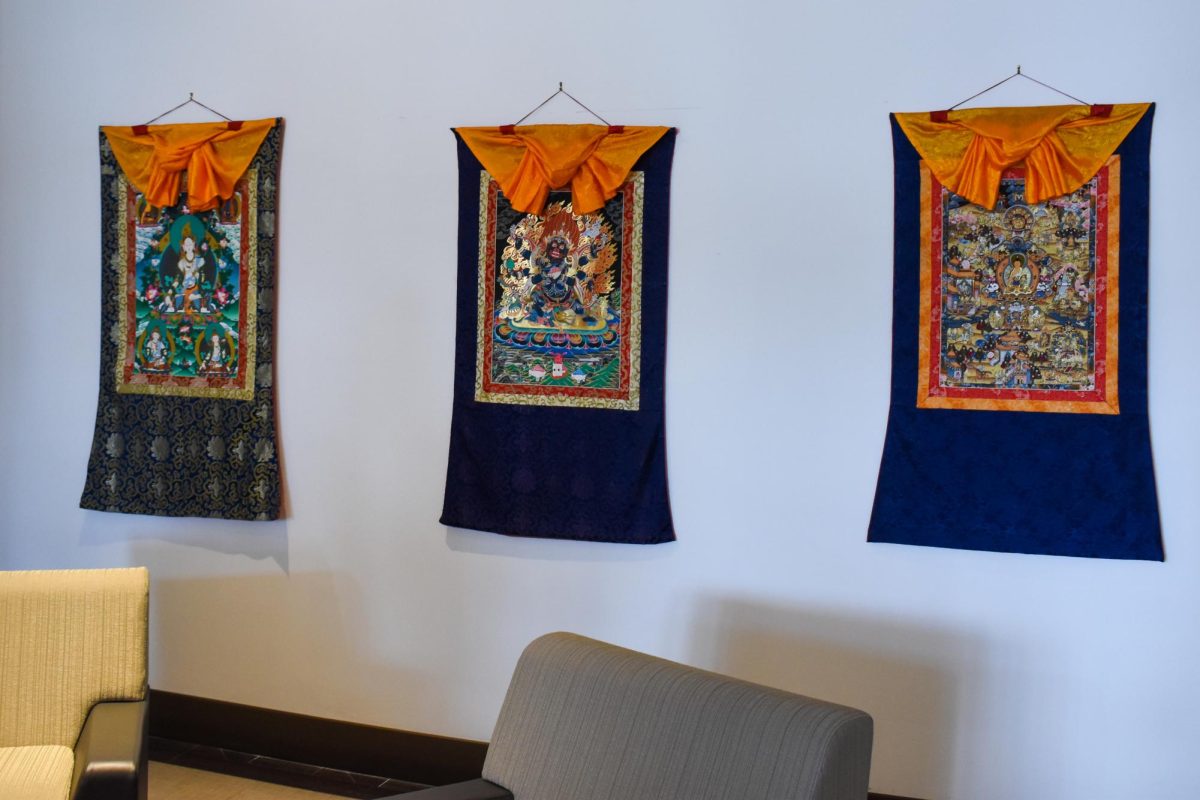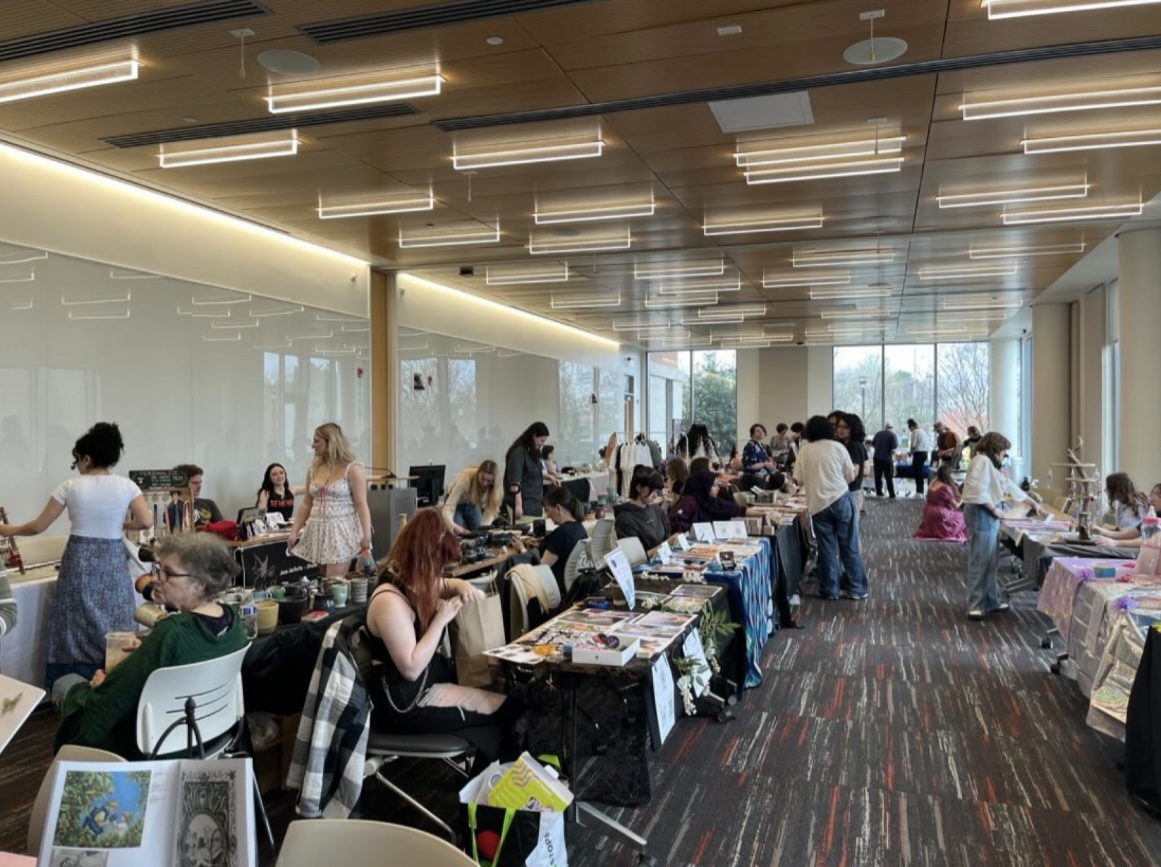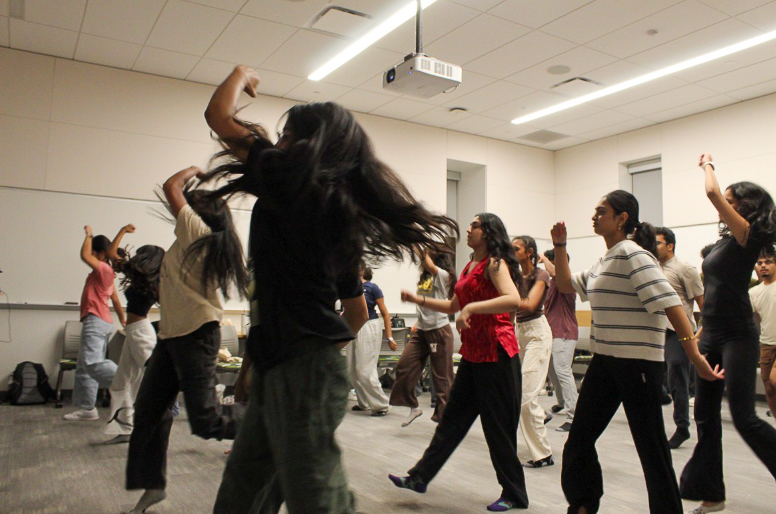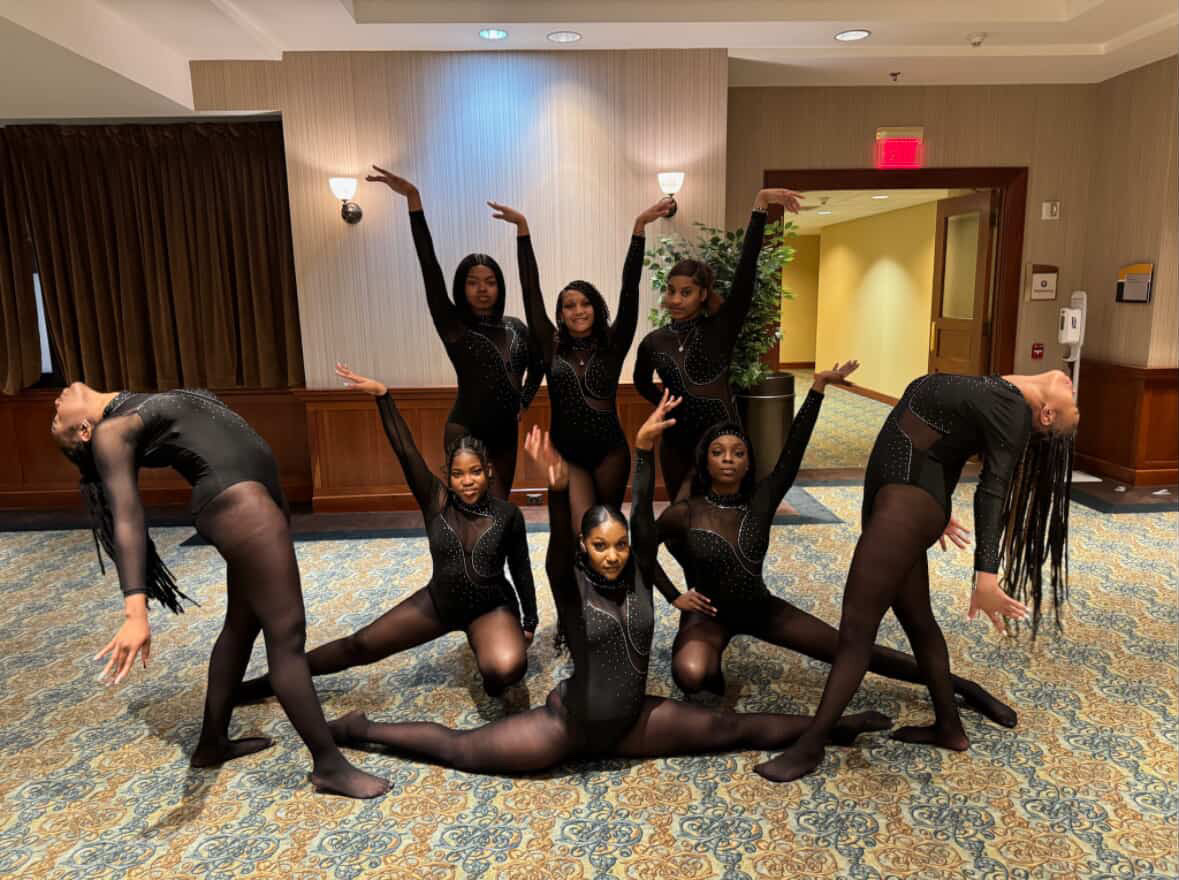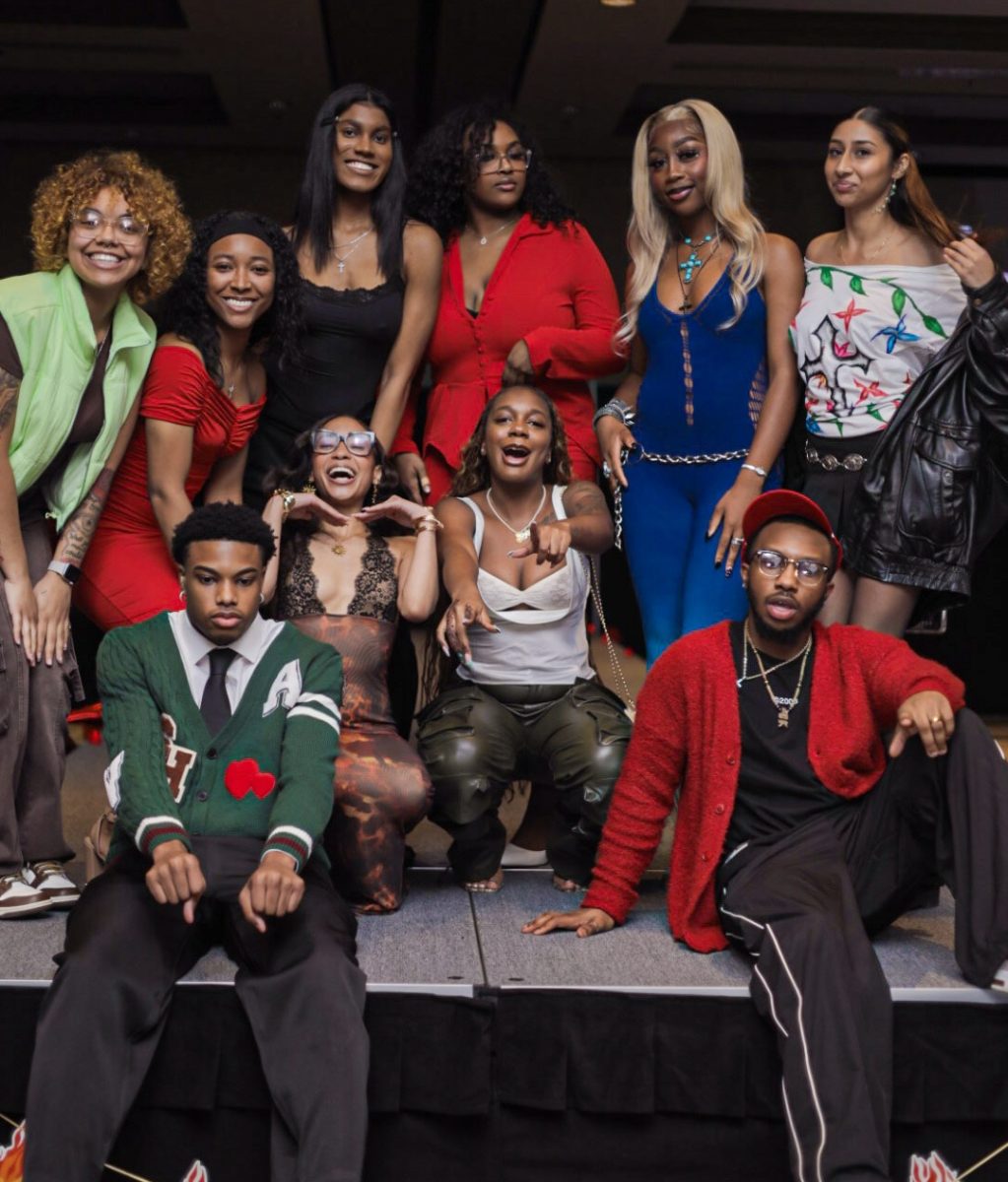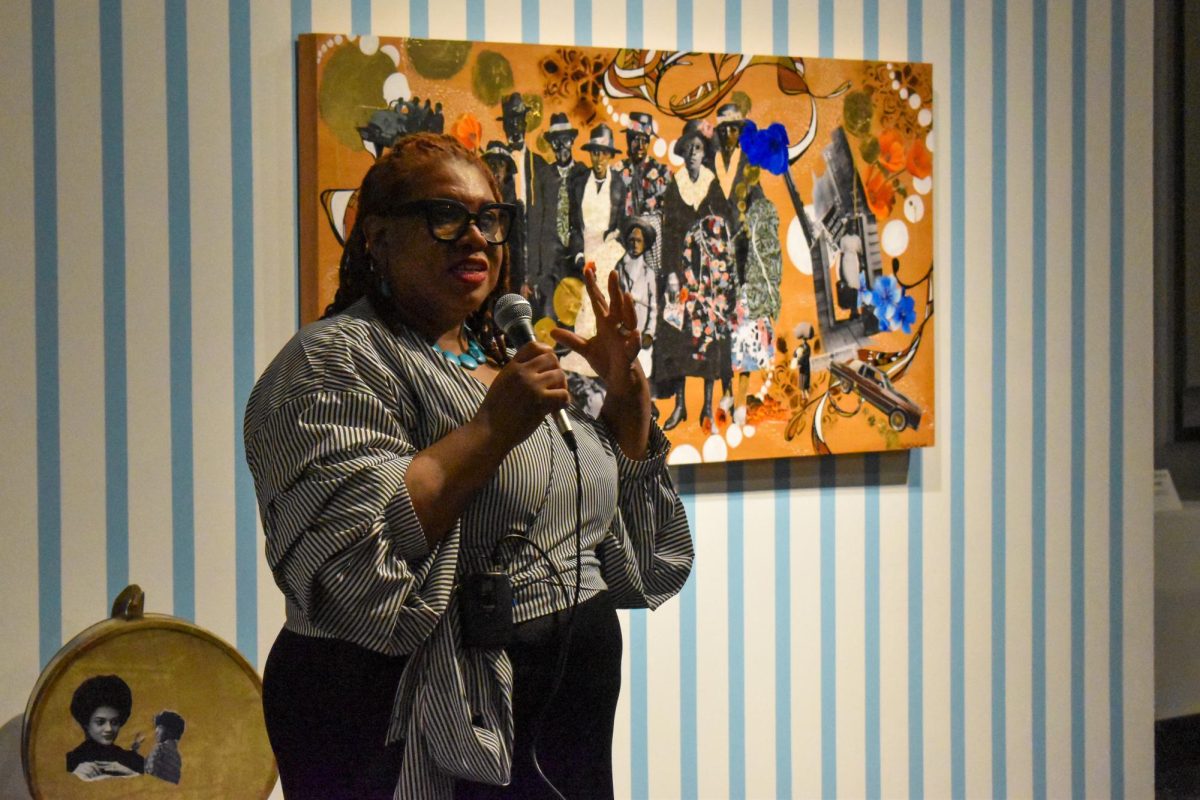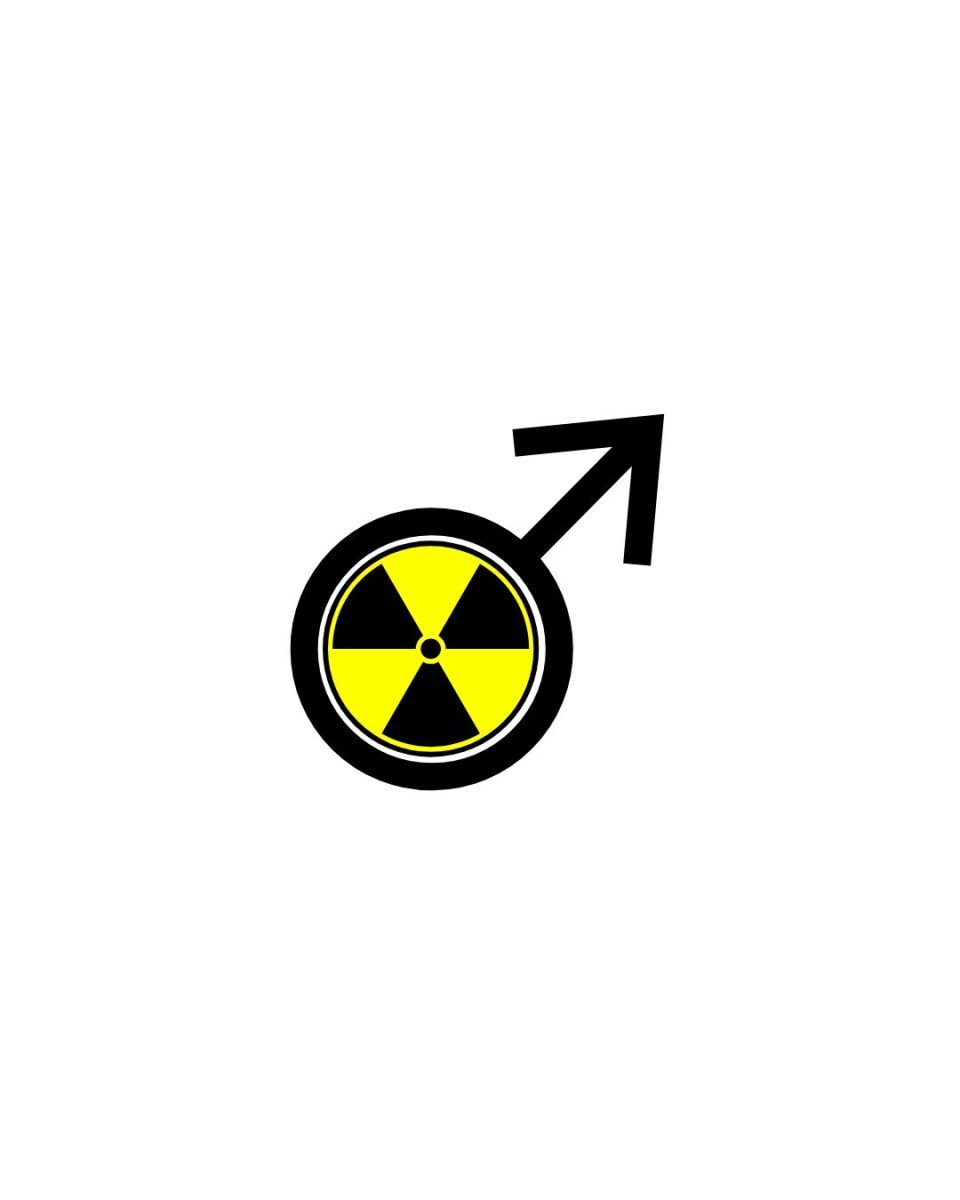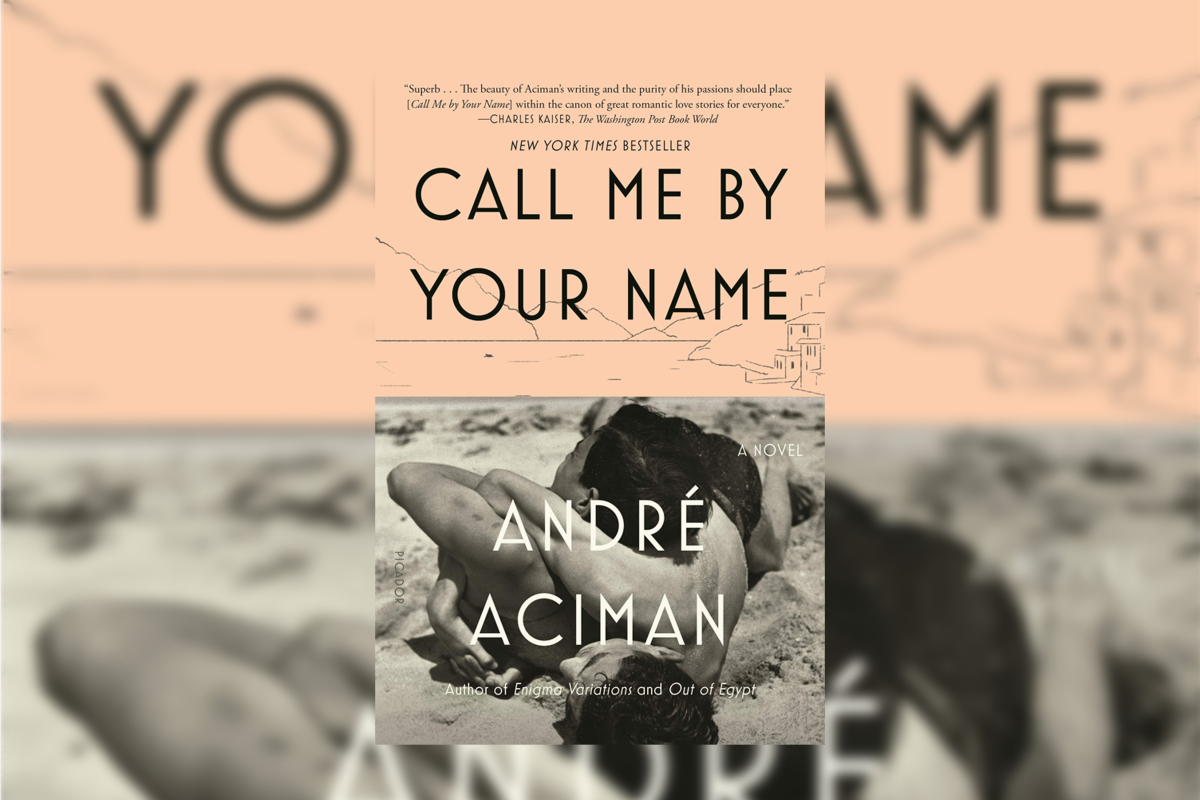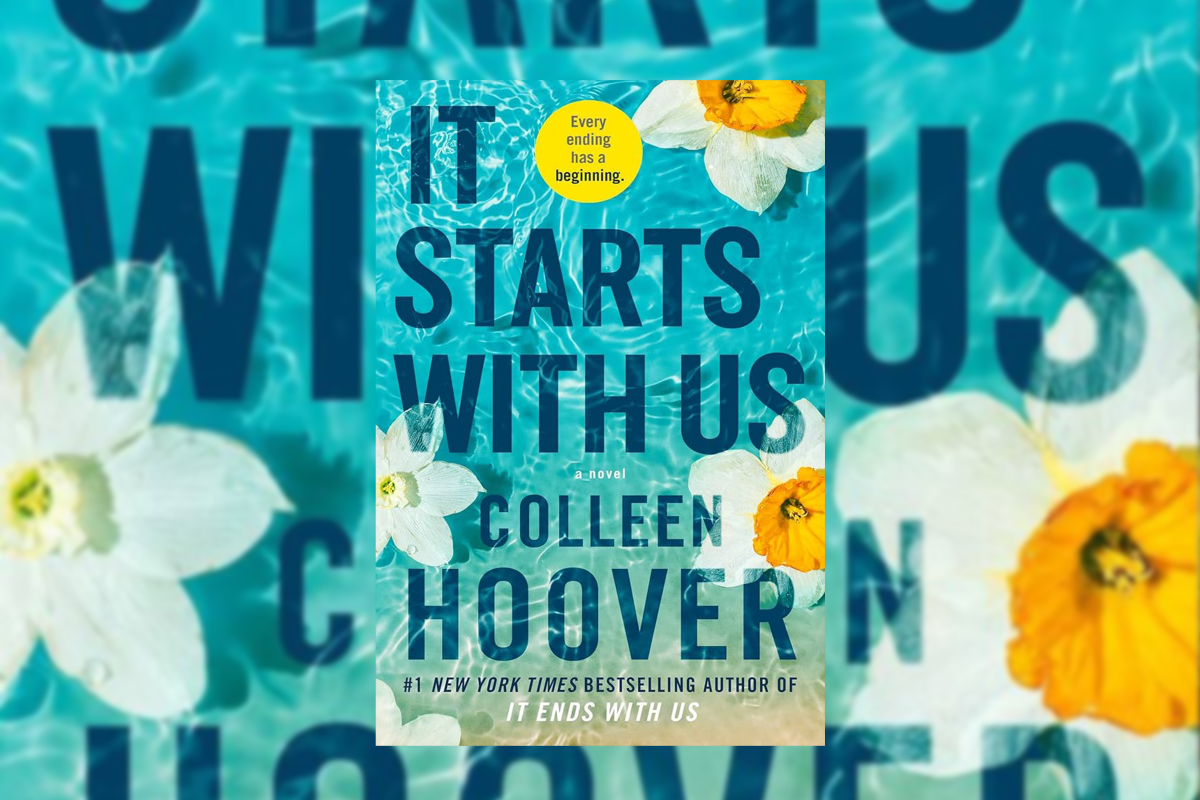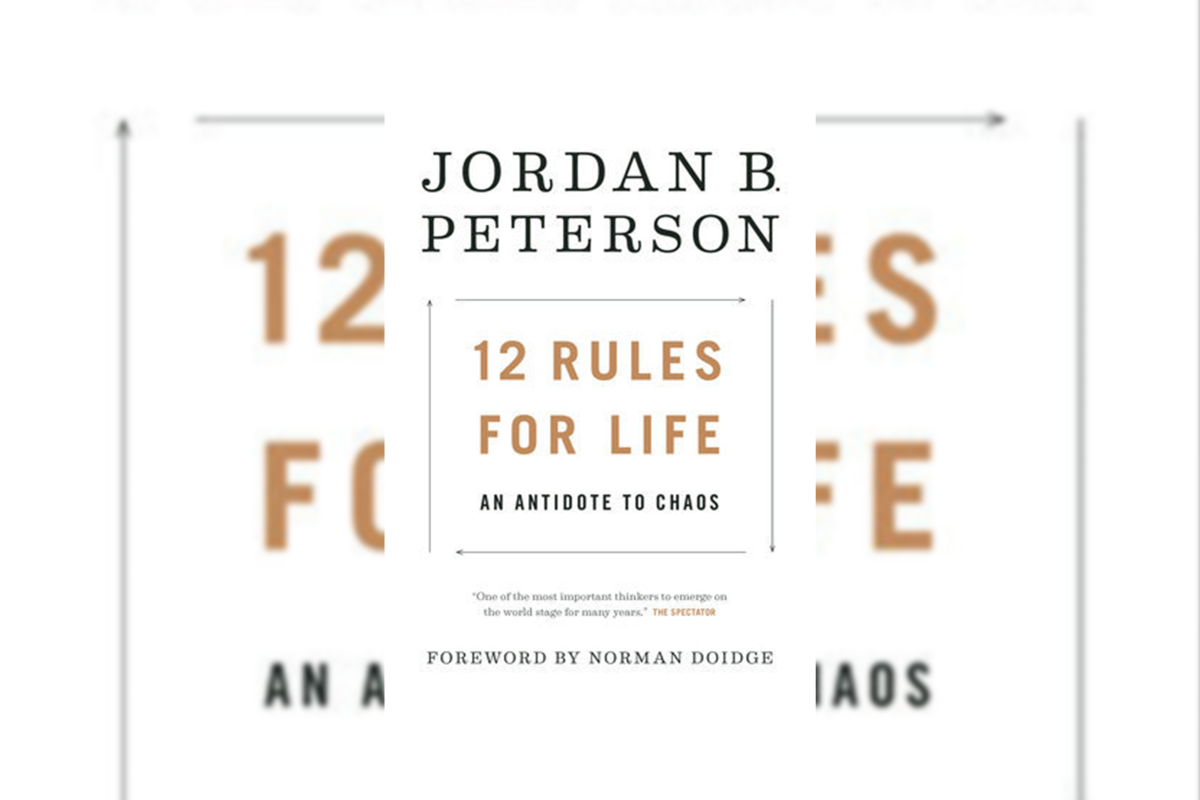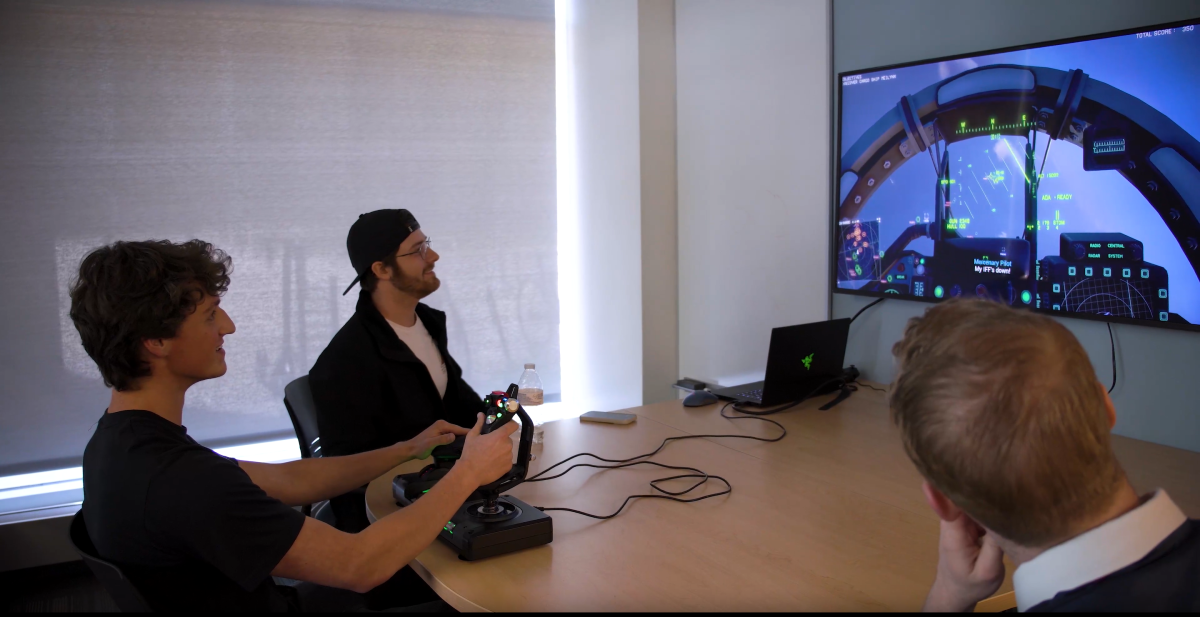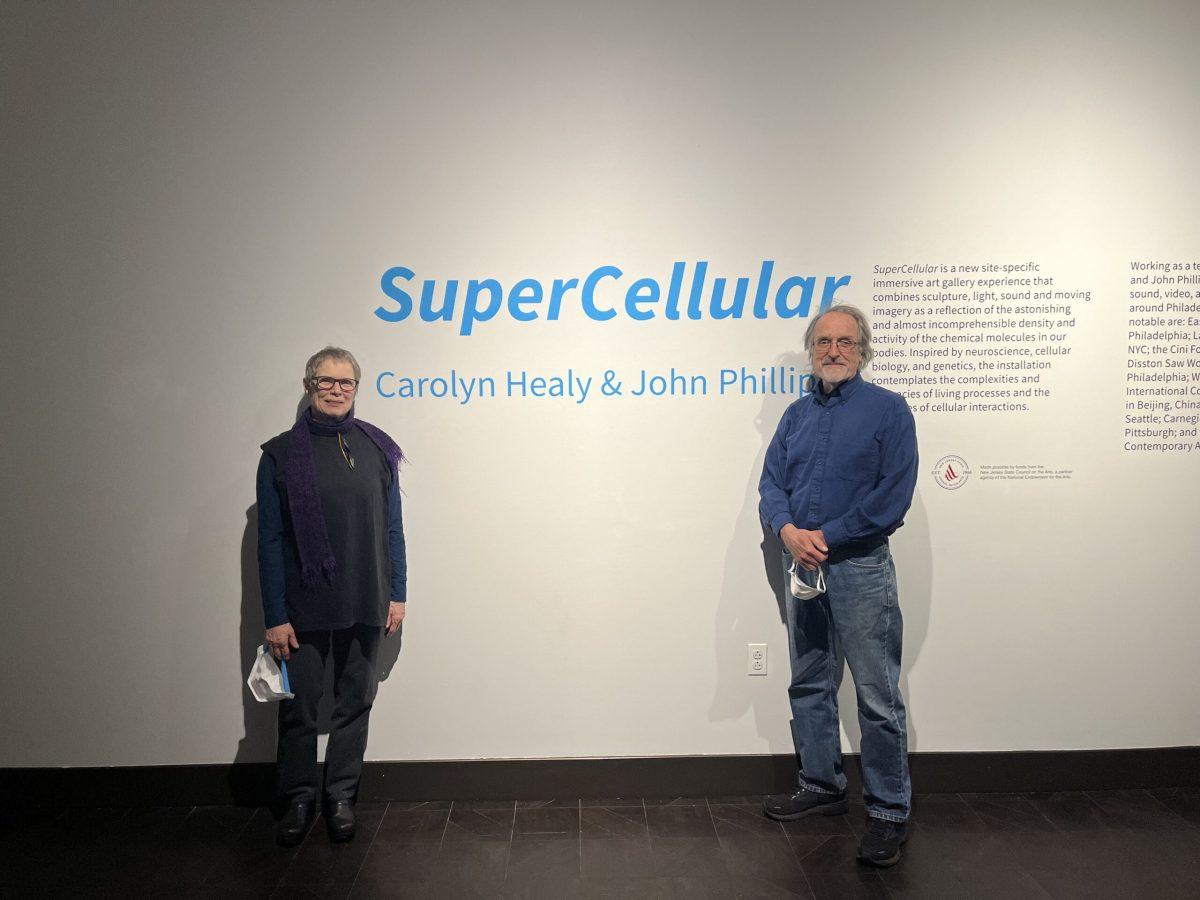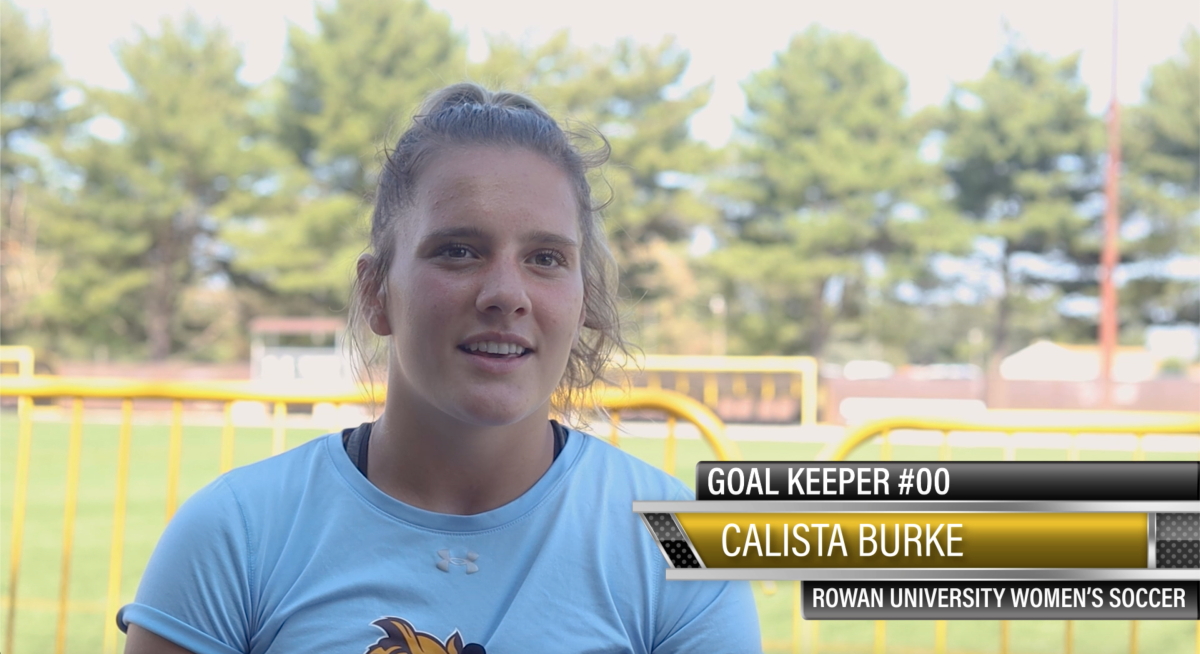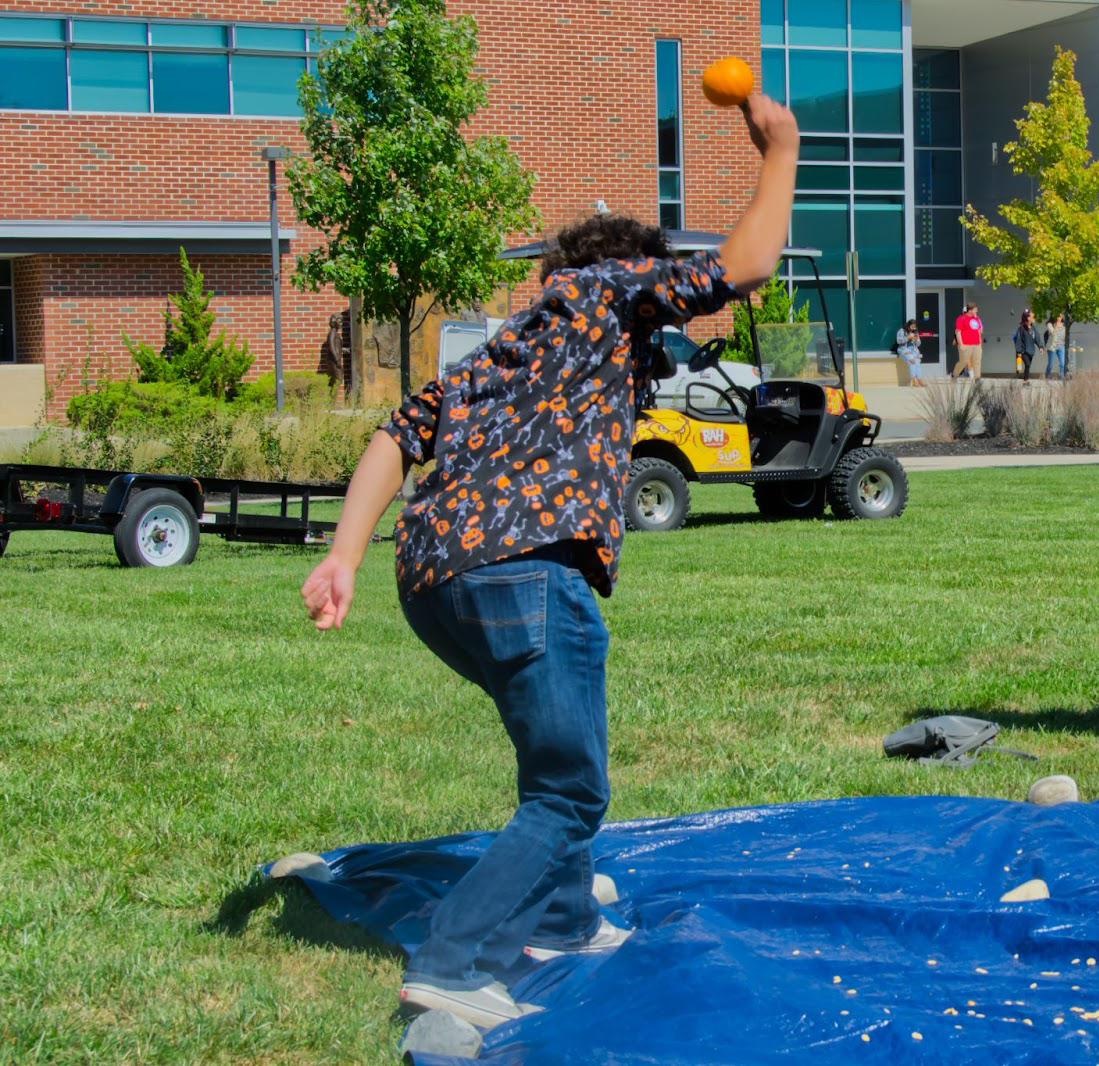The internet is a place where many people go to get their news, connect with friends, and share their lives. But it can become a volatile place when gruesome videos and images are in our faces without any warning. This should not be normalized.
The incident of Charlie Kirk’s death at Utah Valley University last Wednesday has sparked much conversation online and on campus. But the aspect of this event that has remained at the forefront of the conversation is the video. It was up close, gruesome, and students saw it. Millions of people saw it, and this video is not the only content slipping through the cracks.
There are several problems with this; first, the idea that this video was even able to be posted without any censorship poses an ethical issue for news and media outlets. But the Whit staff is equally as concerned with students’ mental well-being after seeing the video, and felt compelled to share our personal experiences and some tips on mental well-being.
Beth Cimaglia, Editor-in-Chief: It is seriously troubling to me that videos and content as violent as this one have been able to be posted and flood the feeds of young people. No civilian or unsuspecting person should have to see graphic content against their will. I honestly could leave it there. Personally, my issues with social media stem from being overwhelmed with constant content bombardment. I’m looking to go into law enforcement upon graduation, so seeing things like that is something I’m going to have to get used to. That does not mean, however, that it doesn’t still sit heavily on my mind and heart. Politics and personal opinions aside, this was someone’s life that was taken right in front of my eyes, over and over, and over again. It is hard to watch, be it a school shooting, starving children across the world, or a political figure that I don’t feel kindly about.
Violence should never be normalized on our screens, nor should it be normalized in our country.
My advice to students and young people would be to take time for yourself. Ground in whatever way feels right to you. I like to go for a run, do yoga, play with my cat Whitney, and love the people in my life that matter. Life is not promised to us, so have the difficult conversations. Your relationships with other people are what matter at the end of the day; prioritize them. Life is not promised to any of us, and I think that is my takeaway from all of this.
Katherine Thorn, Managing Editor: As a student journalist who is constantly surrounded by breaking news, I often follow difficult and hard-to-swallow stories. While being educated on the happenings around the world and in local communities comes with many benefits, being surrounded by devastating news can often affect your mental health.
With the recent uncensored videos of the assassination of Charlie Kirk and the murder of Ukrainian refugee, Iryna Zarutska, it has been difficult to shut my brain off and separate myself from the terrible news happening around the world. These uncensored videos are nothing short of disturbing and traumatizing, so it is hard to just walk away and act like everything is fine.
In these times of fear and uncertainty, I try to remember the good happening around the world. While the internet may be filled with sad, devastating stories, there are also stories of hope, and it’s important to read those stories too.
As a society, it has become normalized to spend so much time glued to our phones. Even though our phones can be beneficial, if it is starting to affect your mental health, it’s ok to take time away from your devices and turn your attention to the things that remind you there is hope in this world.
Christopher Otto, News and Photography Editor: When you exist chronically online, as a lot of our generation tends to do these days, we sometimes come across content that we don’t always want to see. We look for content that satisfies us or makes us happy, but every now and then, we come across something inherently negative, visually disheartening, or overall unappealing. As a result, it tends to affect our mental health, and there’s nothing that we can really do about it. Social media somehow manages to censor way too much and not enough at the exact same time. It censors posts that we want to see or should see while showing us posts that don’t typically line up in our algorithms. Certain posts just so happen to slip through the cracks of social media platforms’ rules and regulations as well, no matter how good or bad their intentions are meant to be.
The overconsumption of social media as a whole damages our minds more than we might realize. So what do we do about it, exactly? It’s not always in our control what we do or don’t consume online, but what we can control is our usage of these platforms. Too much time spent in the digital world can wind up being very disastrous for our health. “Doomscrolling” isn’t the healthiest habit to begin with, and yet a lot of people in and out of our generation fall victim to it. There are also plenty of filters that we can turn on through social media as well that can weed out the things that we don’t want to see, but it doesn’t always work properly. We may not always be able to avoid the bad parts of social media, but we can limit what bad things enter our feeds.
Marchella Mazzoni, Features Editor: Last week, while I was looking through my TikTok feed doing my typical nightly For You page scroll, I was shocked by many graphic events that were shown in the media and blasted onto my cell phone screen. As I swiped through the sorority rush toks, get ready with me’s, and Sonny Angel unboxing videos, I suddenly saw Charlie Kirk’s shooting as the next video. I had already read lots of news articles about the shooting, but I never wanted to see what was displayed on my screen. With no trigger warning, the graphic video of Kirk played on my phone, and it unfortunately continues to play over in my head. The violent visual truly haunts me, and I wish that the media, specifically TikTok, would work harder towards censoring the content posted on the app. I believe violent, graphic content should always have a warning.
Seeing graphic content online specifically affects me by making me feel anxious and scared. I struggle with anxiety and am also scared of blood, so seeing anything graphic makes my heart race uncontrollably. I believe it’s incredibly important to prioritize your mental health after spending time online, especially after seeing graphic content, and my favorite way to do this is by unplugging. I always make sure I spend a few hours each day without my phone. Whether I spend my time painting, journaling, or writing articles, I find it to be one of the best ways to destress and give myself time to bond with just me.
Mattie Mac Kay, Arts & Entertainment Editor: As somebody who works in predominantly entertainment news. I don’t really see much gore in my life, and I try to avoid it besides the occasional true crime rabbit hole I fall into. Seeing a video of Charlie Kirk getting shot really shook me to my core, and it was something that I didn’t want to see, although it enlightened me to what children in schools go through daily in America. So even though I didn’t want to see the video, it unfortunately opened my eyes. After that, I really felt the need to prioritize my mental health, hanging out with my friends, listening to my comfort music, and just trying to make myself keep my mind off the situation. I think just making yourself comfortable even during tough times is so, so important. Making sure you have a good support system and keeping yourself grounded will make times like these that much easier.
Lily Miller, Opinion Editor: As a journalist, my stance on violent content posted online is far more lax than that of a layman. Violent content is inherent to the work of many journalists, and censoring it censors victims’ experiences. Immediately, my mind turns to the many people suffering in wars and under oppressive regimes, for whom journalists’ work reporting their struggle is the only thing that garners them support. Would people even care about sending aid to war zones if we didn’t see the skeletons of starved children?
Still, we have an ethical duty to society and to the families of victims of violence to handle this content with care. The average person isn’t poised to handle seeing violence when they open social media and watch a man die right before their eyes. Charlie Kirk’s death sent ripples across the social media sphere, with many of my friends making posts encouraging one another to avoid social media in the hours after his assassination.
In the past, people interfacing with journalism would be the ones making the choice to experience it. If you buy a newspaper, you’ll see the news inside, good or bad. If you turn on the news, you have chosen to watch the news. With the advent of algorithms and the ongoing churn of reels and TikToks, a user has far less control over what they see. It is the responsibility of social media companies to put safeguards in place to remove and censor violence that could otherwise hit screens in an instant. Of course, journalists should still operate within their own codes of ethics, and when it comes to the average social media user like you or me, take care with what you share.
Sarah Shockey, Sports Editor: For me, I saw the Charlie Kirk video when my friend sent me a tweet. I didn’t expect it at all, and when I saw the moment the bullet hit him, I got lightheaded and felt like I was going to pass out.
Even almost an hour later, the contents of that video made me feel like I was going to have a panic attack on the walk to the student center. I’m not someone who does well with gore, so seeing that video posted on social media, without any trigger warning, angered me.
That kind of posting is extremely unethical. I’m almost 21 years old, and it scares me. Imagine a young child seeing that on their feed.
Elon Musk bought Twitter with the goal of bringing “free speech absolutism” to the platform. Now, it’s a breeding ground for hate and horror.
Because, according to him, the First Amendment gives people the right to watch people be brutally slaughtered during their daily doom scroll. Enough is enough.
Caitlin Schad, Social Media Editor: When it comes to the media, much of the news shown is negative, which can have a negative effect on young adults’ mental health. Much of what we see on social media sends us spiraling down a dark rabbit hole, one that many people don’t realize they are in until it is too late. A lot of posts aren’t supposed to be seen on social media. Some is even surveillance footage of people being killed with no warning. Censorship on social media has been an issue, and as someone who is chronically online, it is hard to view violent videos that I know aren’t supposed to be seen.
A lot of posts I see on social media are of things I don’t expect to see until it is too late. When something like this does happen, it can be quite daunting. When it does, I try to stay present and focus on my mental health. To do this, I try to get off social media and focus on something else to clear my mind. Simple things like getting outdoors and going for a walk or talking with friends can help boost your mental health, especially because of how much of a toll social media posts can have on our mental health. Another thing that I do to distract myself from the negative is hanging out with my dogs, as they tend to provide a lot of comfort.
Social media isn’t meant to be so upsetting, and it is important to view posts with discretion. If you do see a post that upsets you or is violent in any way, that shouldn’t be viewed. It is important that you block and report the post and so it will be taken off the social media platform. Find your support and know that you’re not alone in viewing these negative posts.

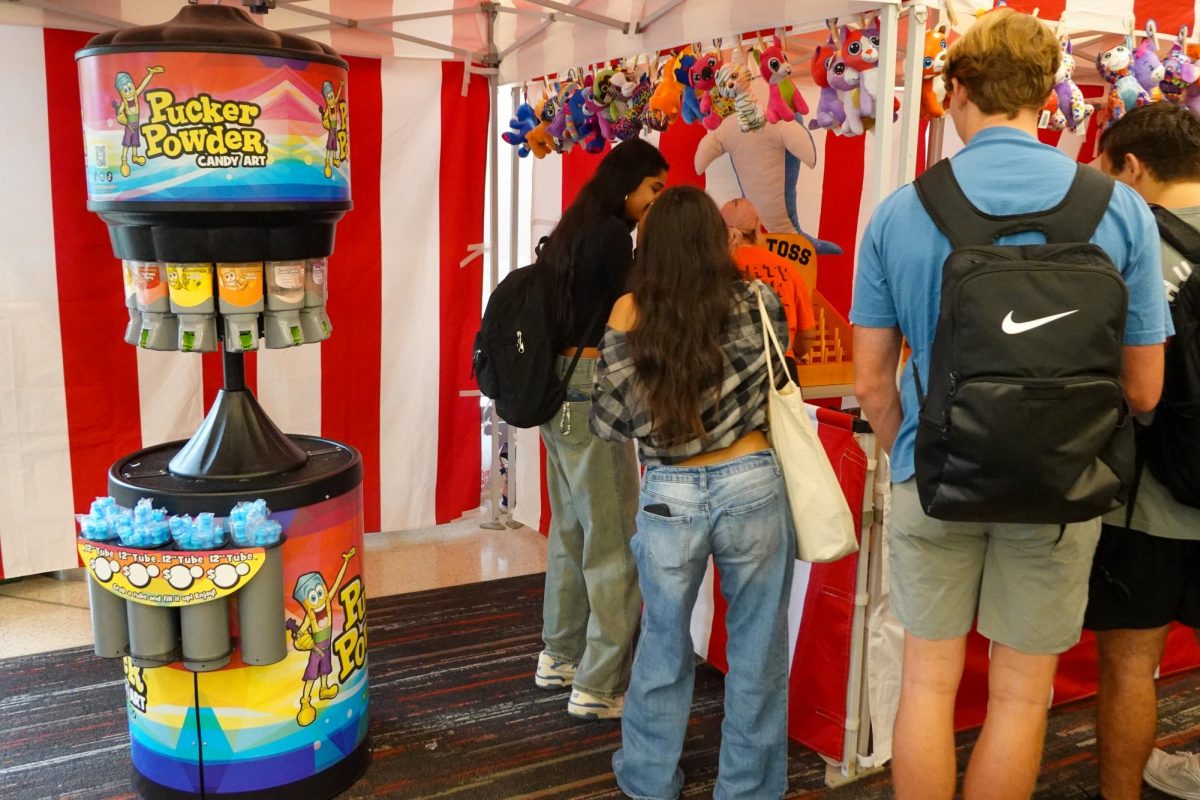
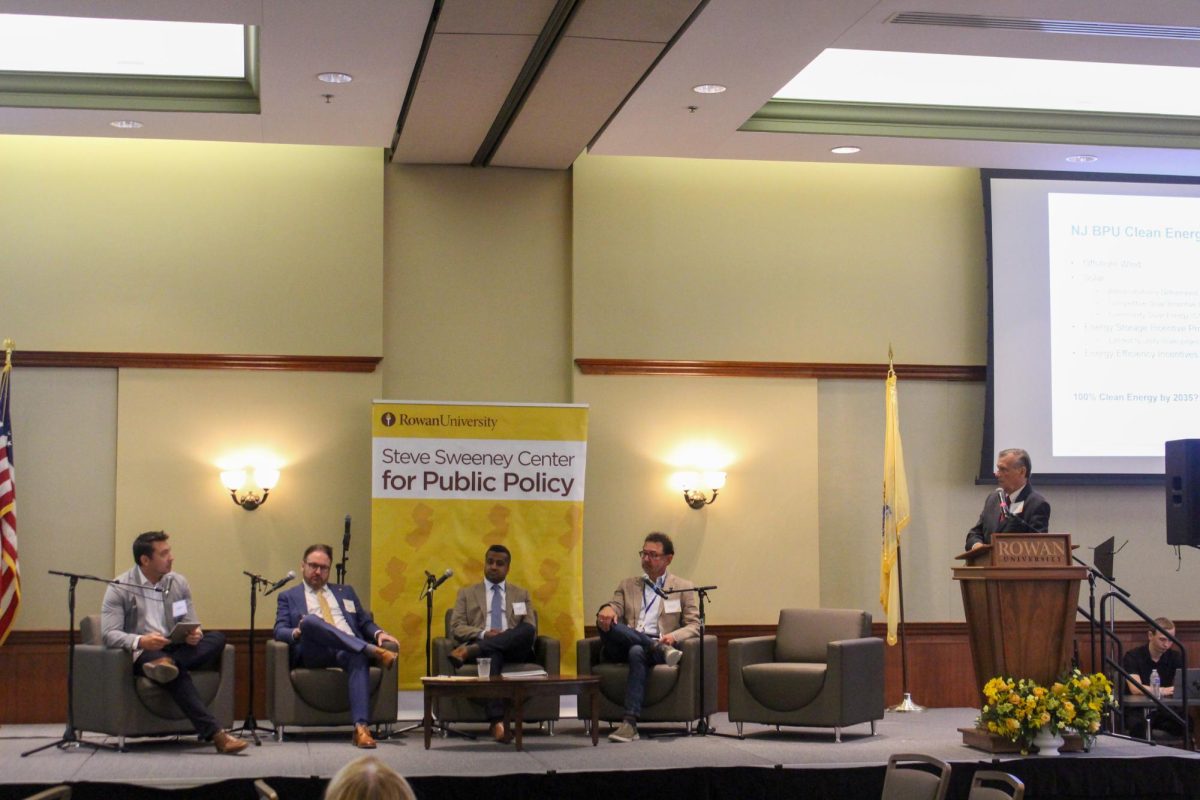

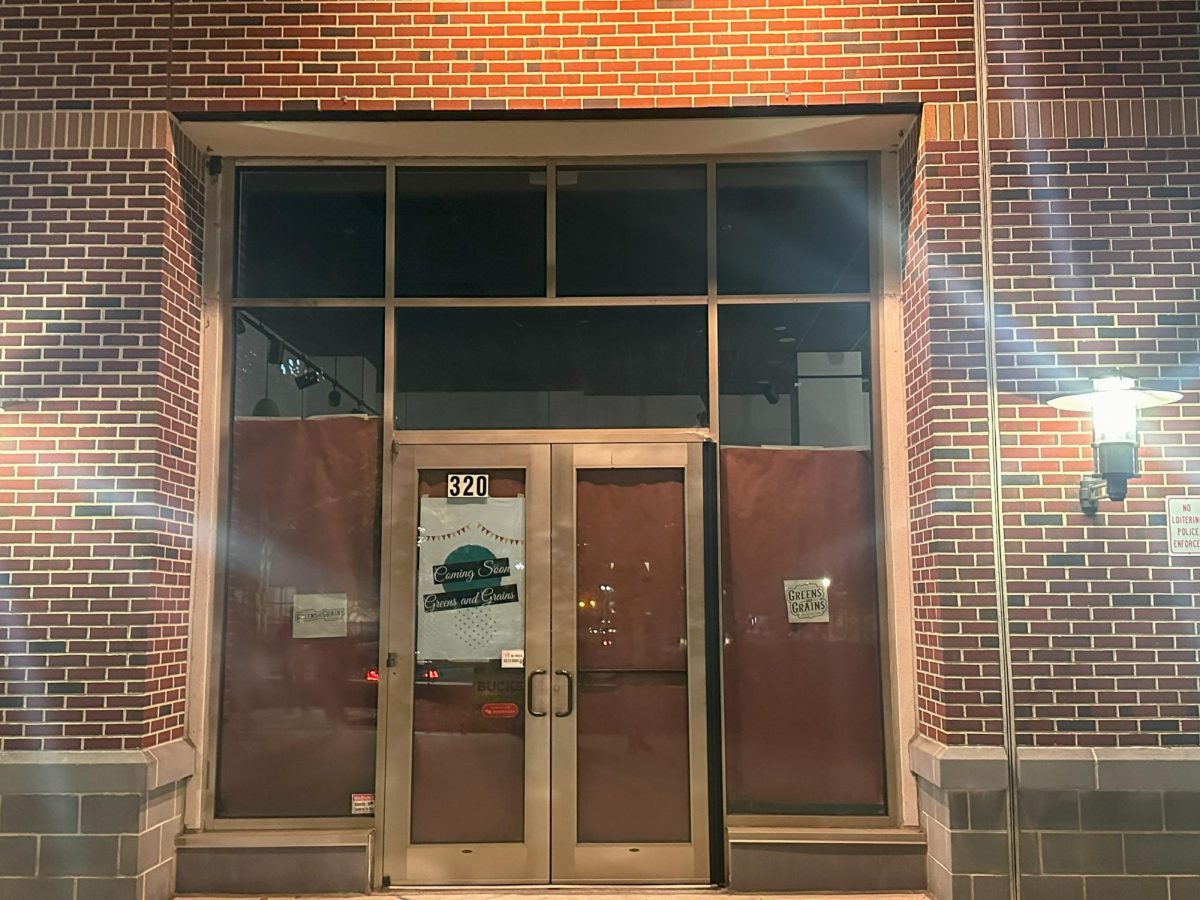







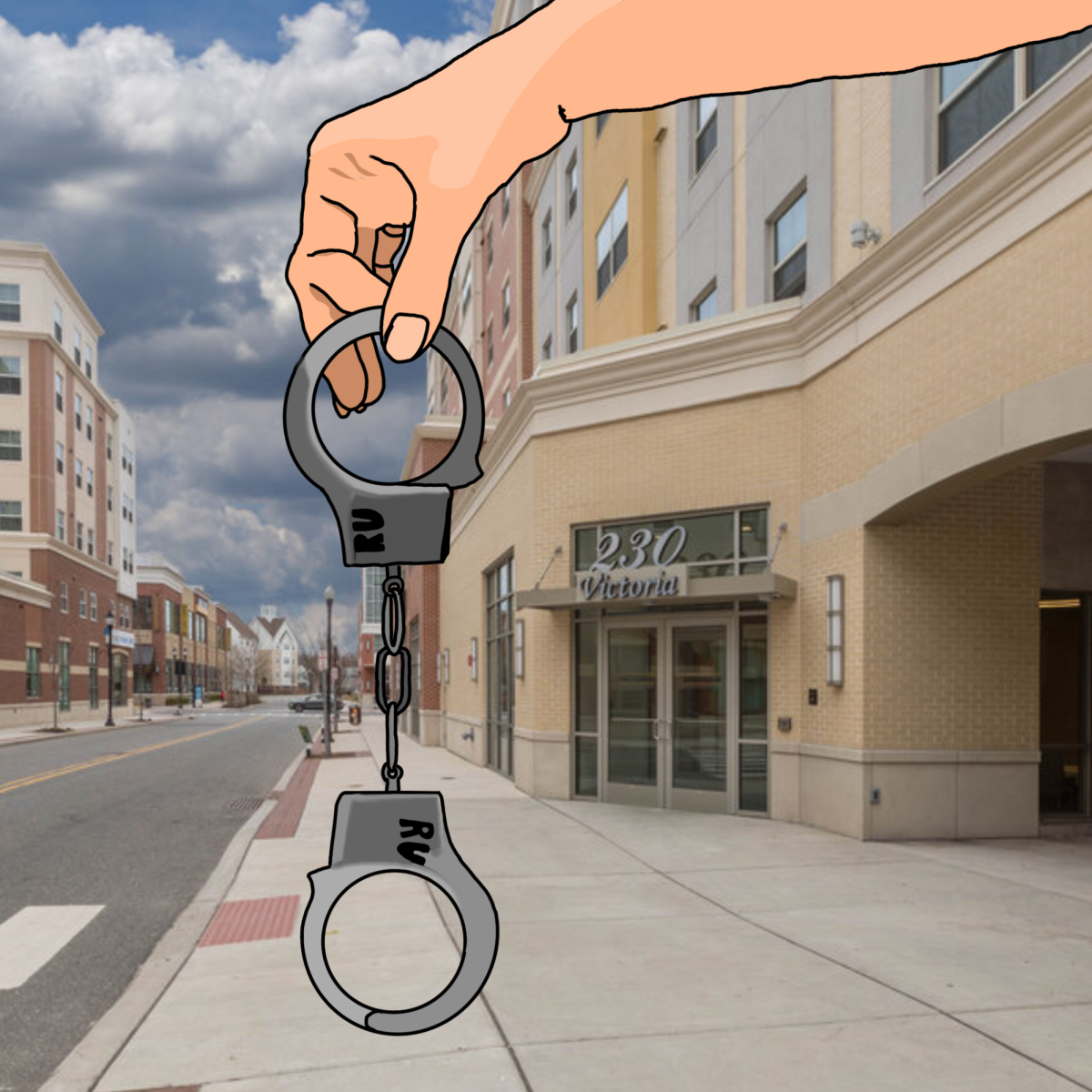



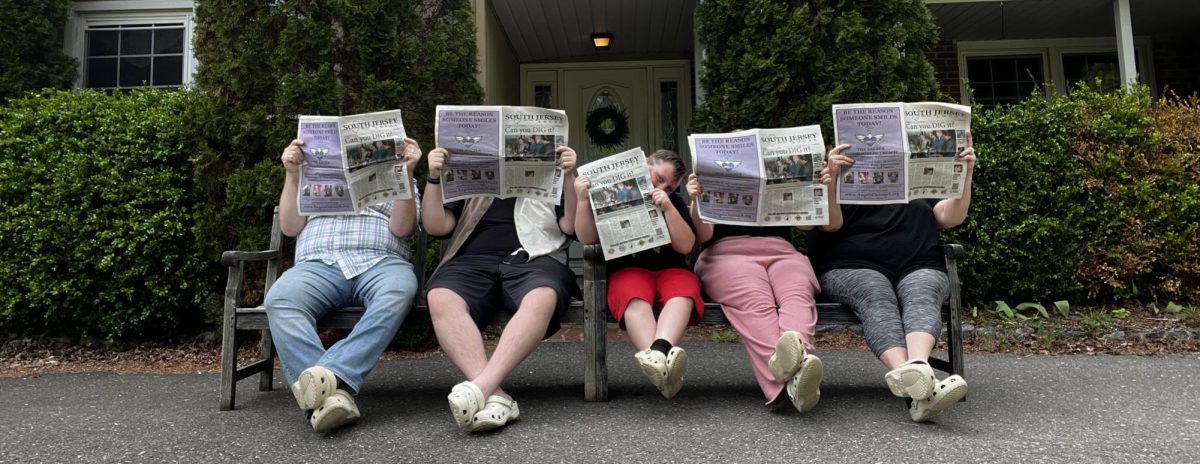
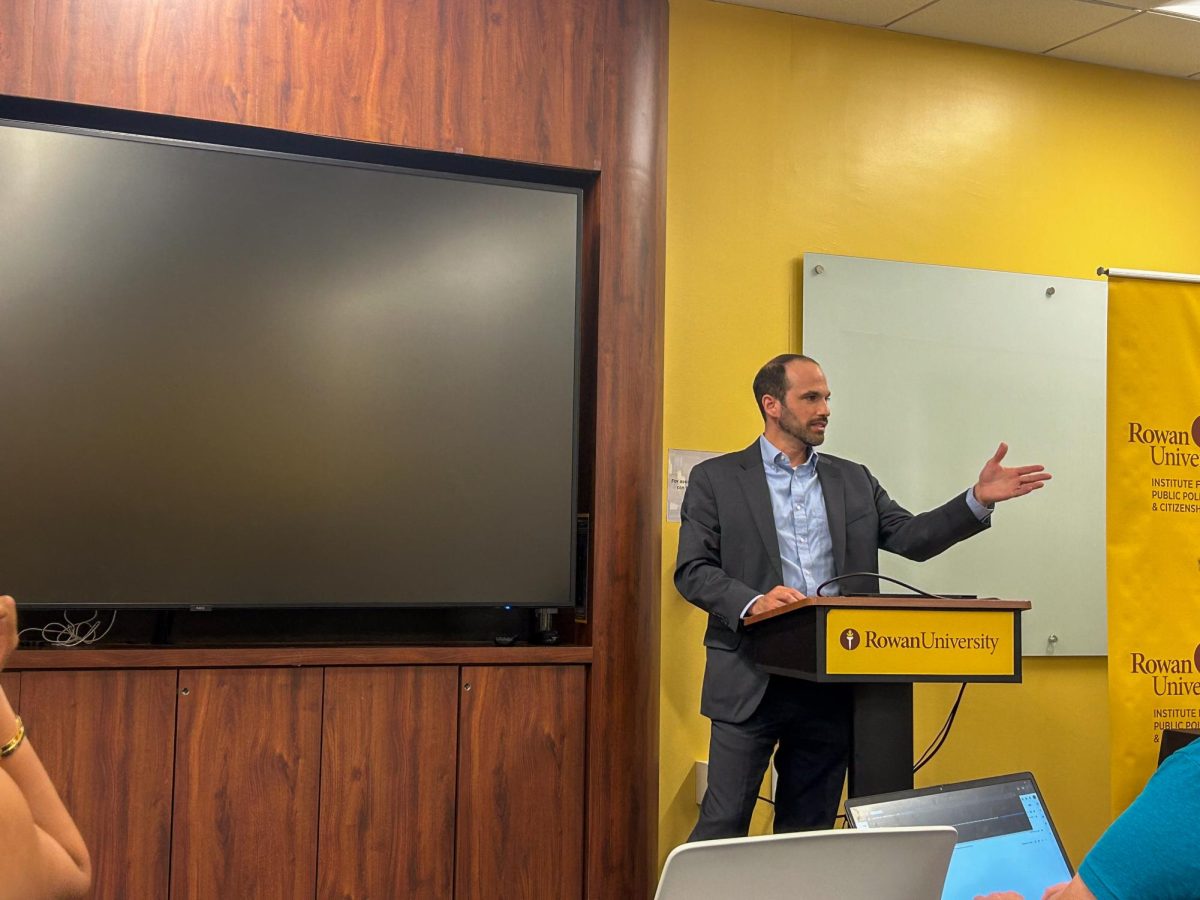

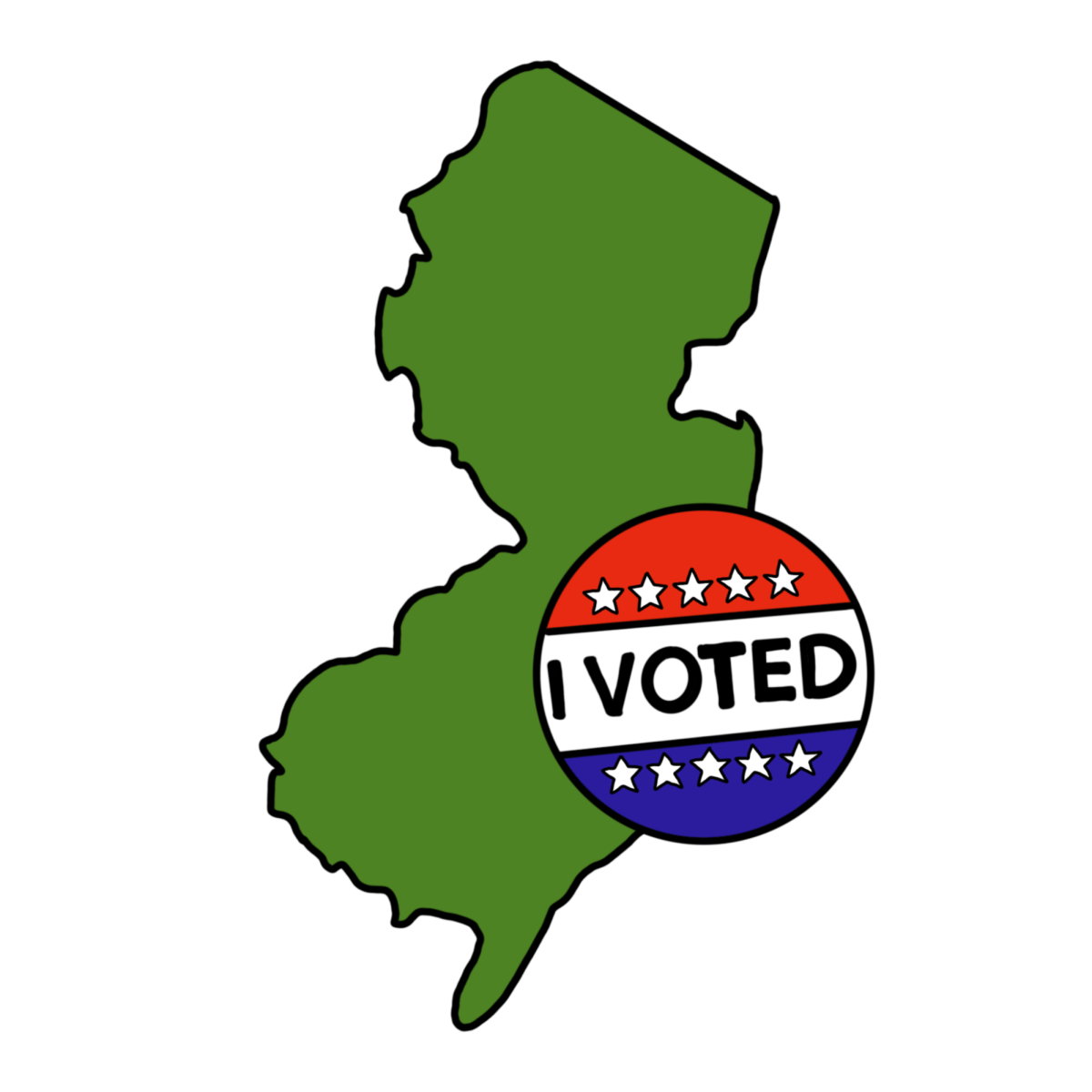




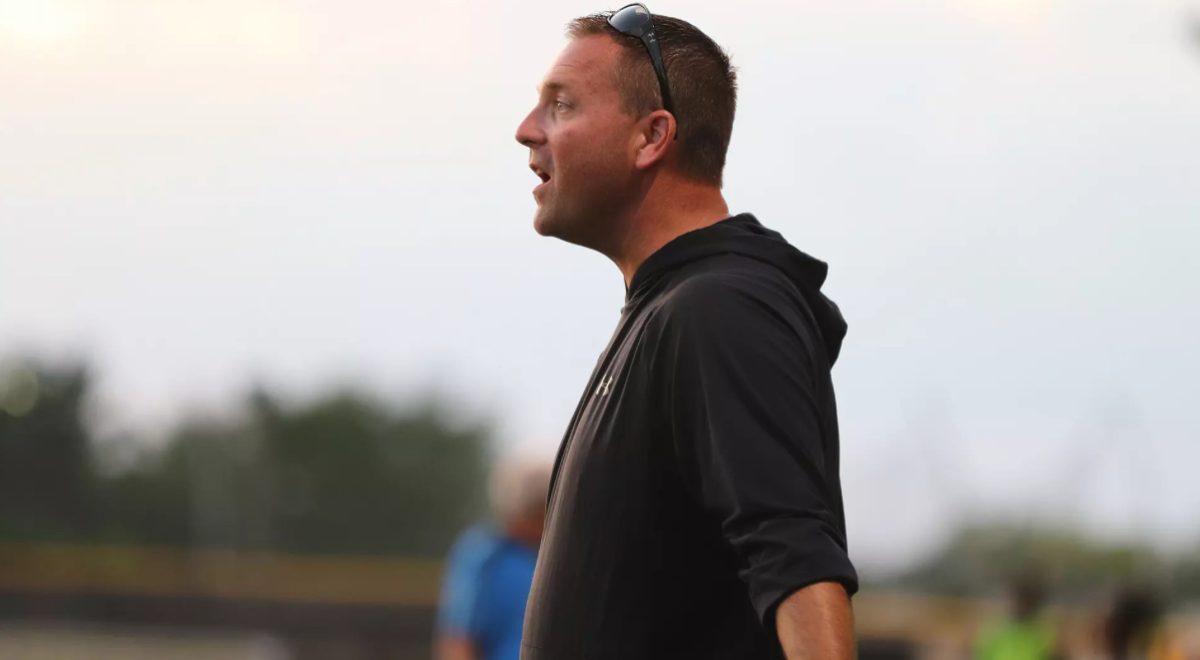

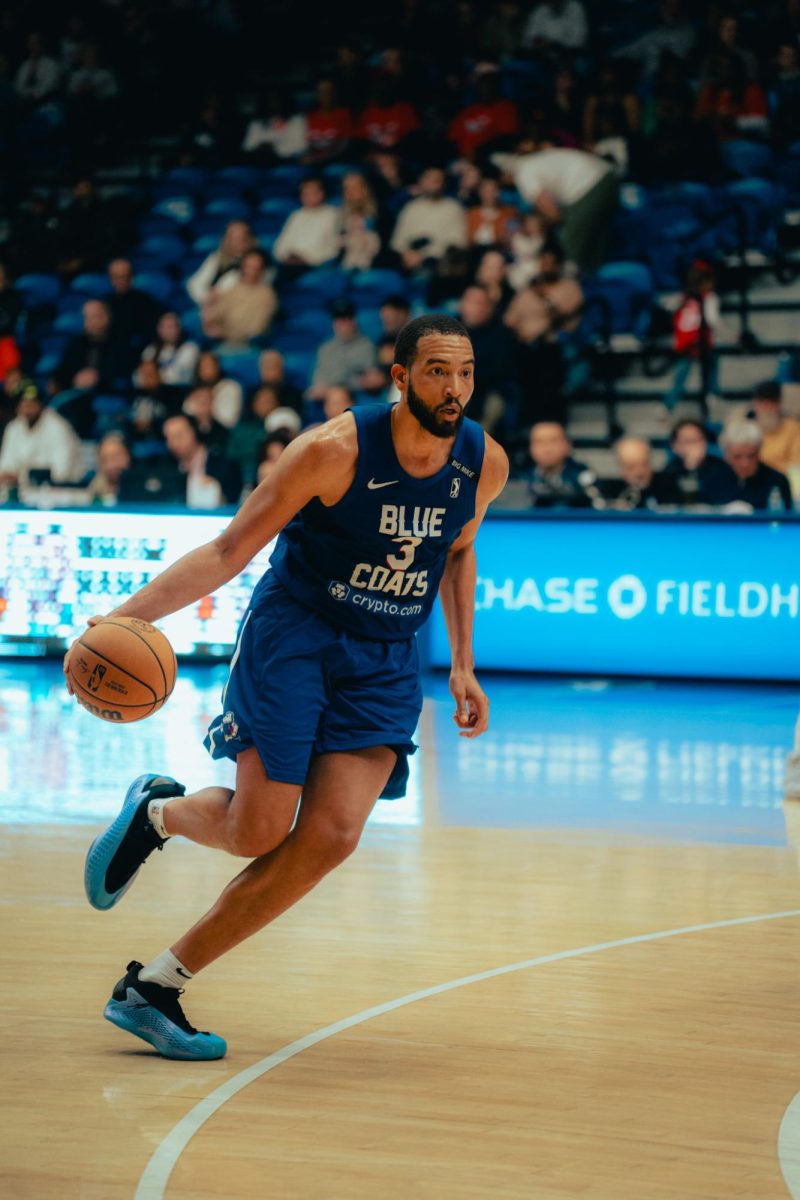

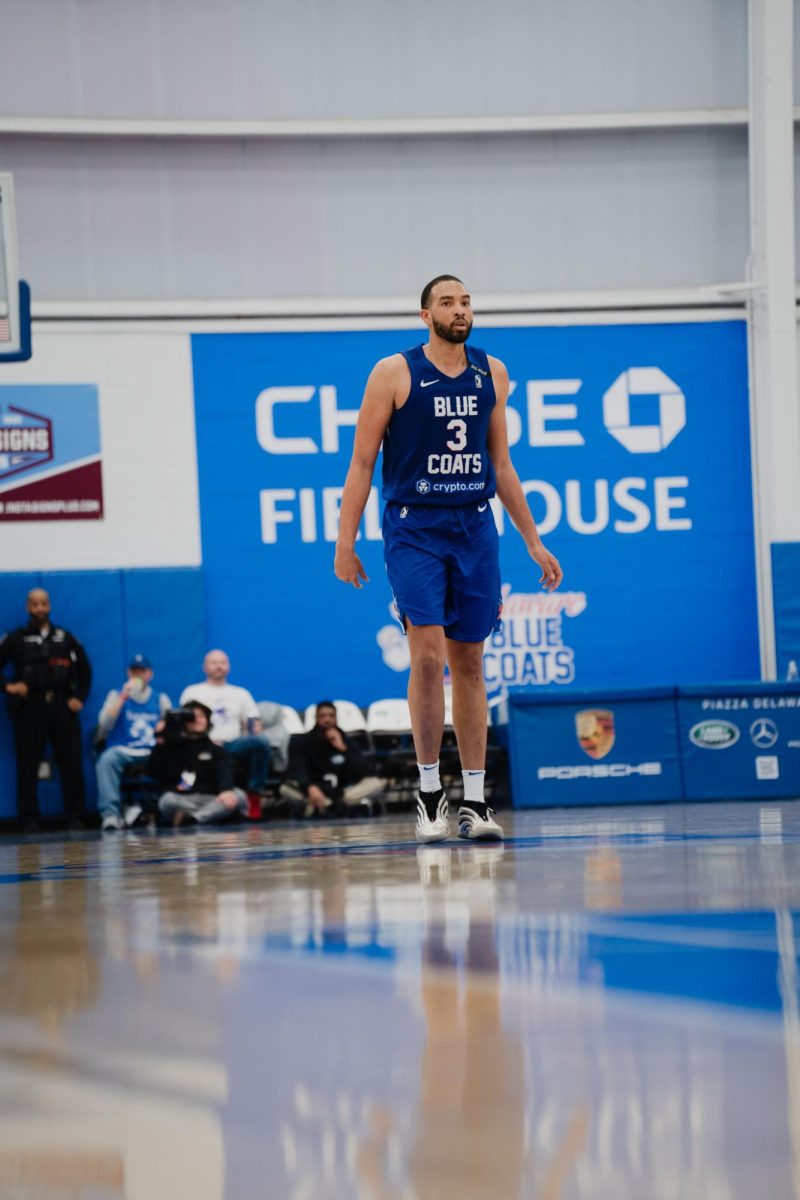
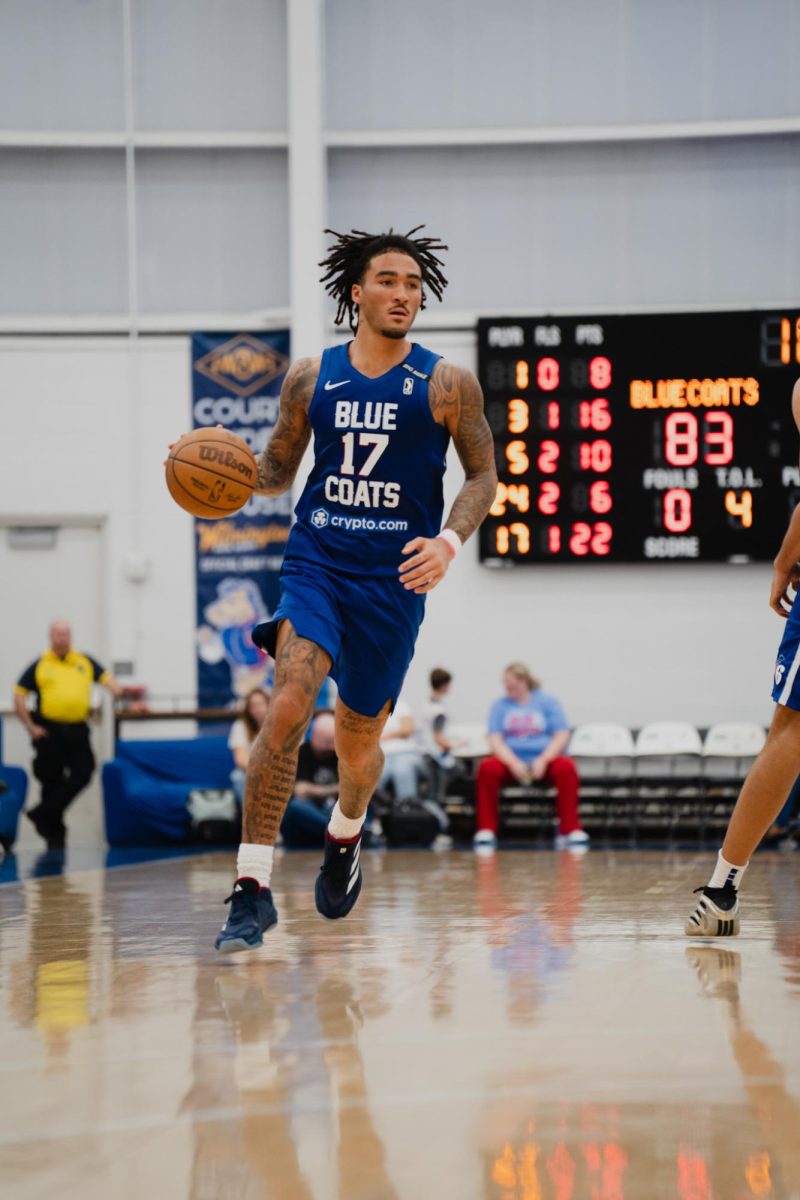
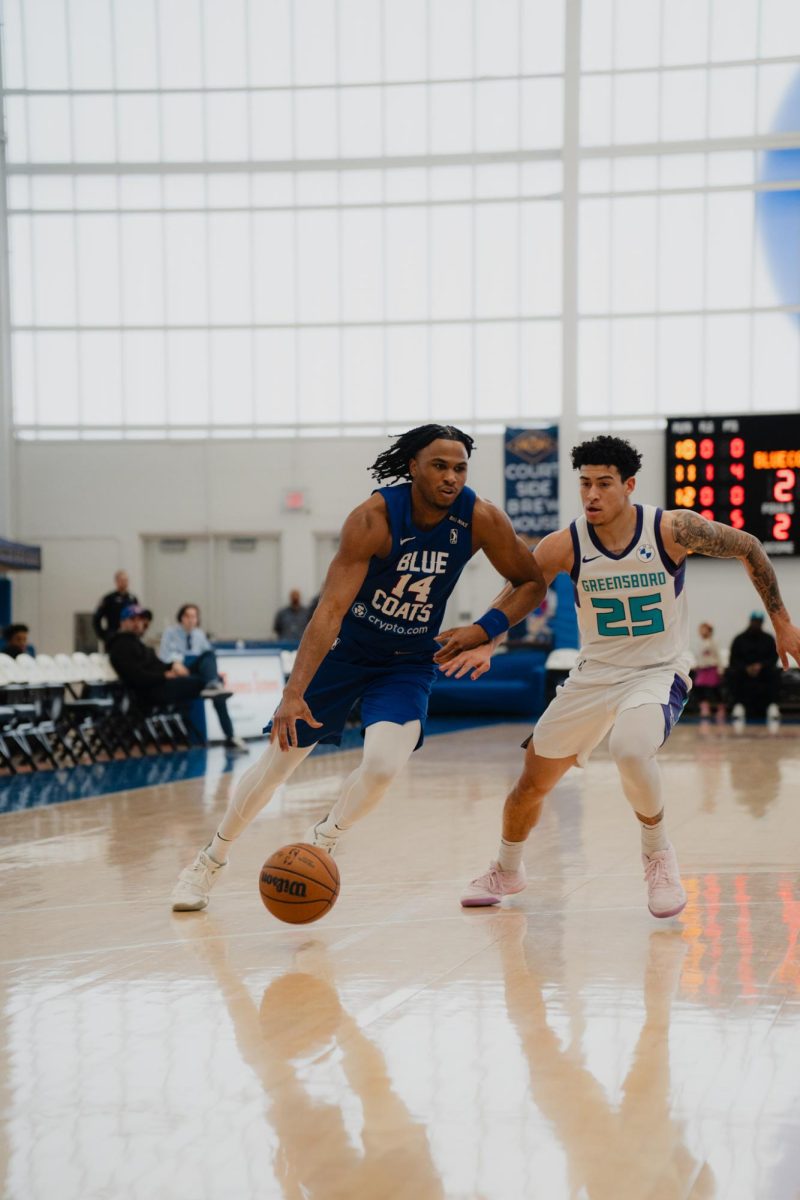

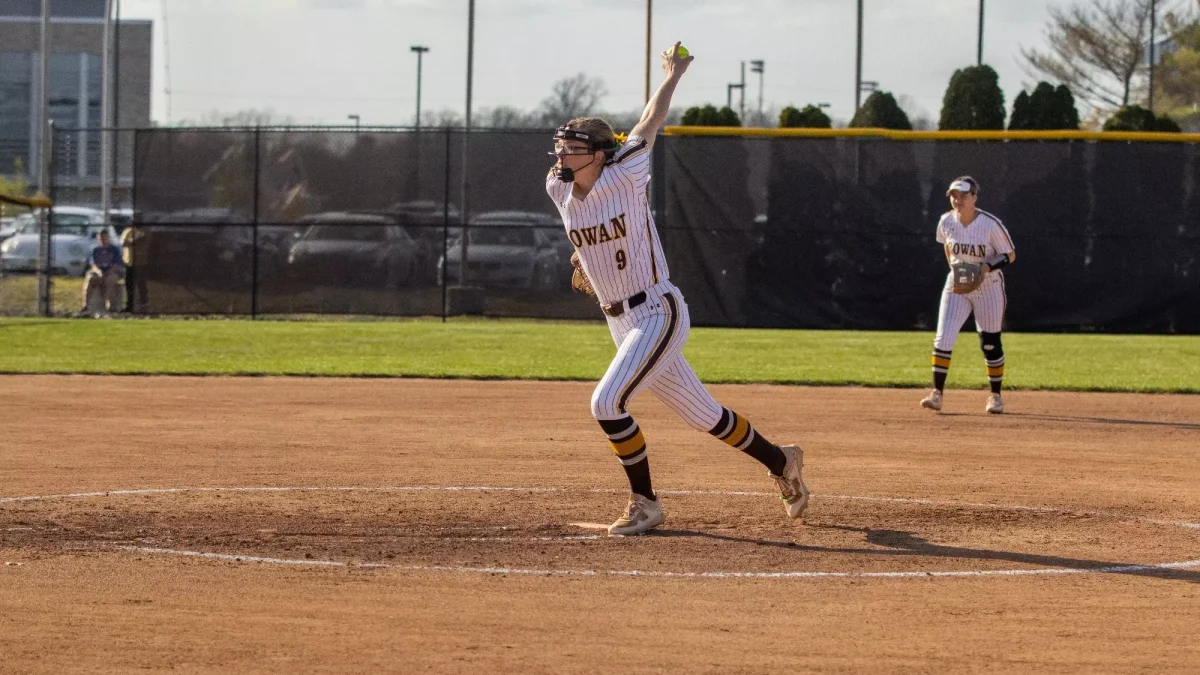
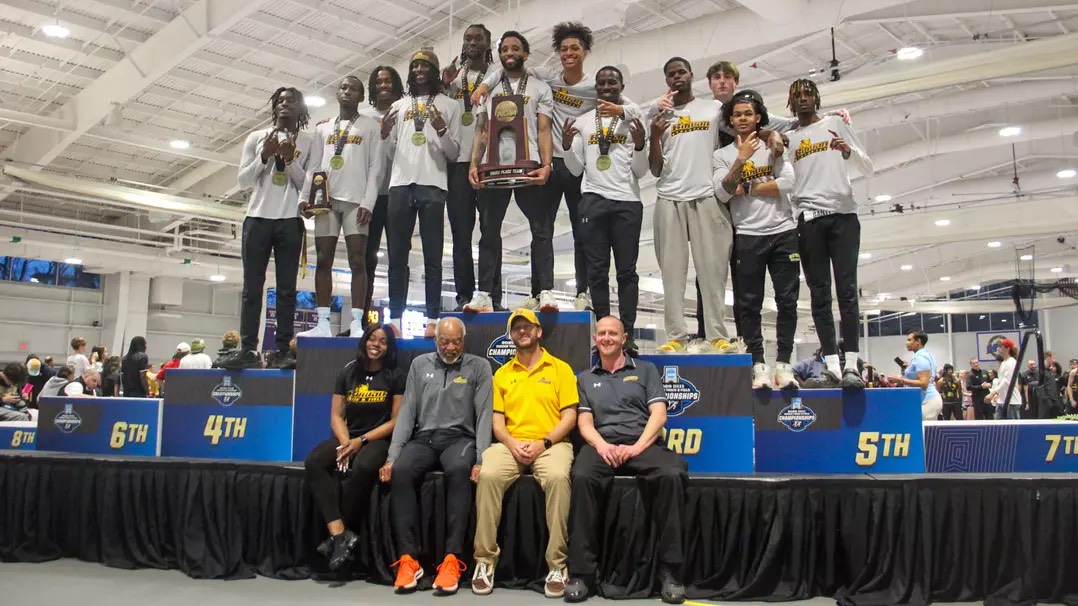






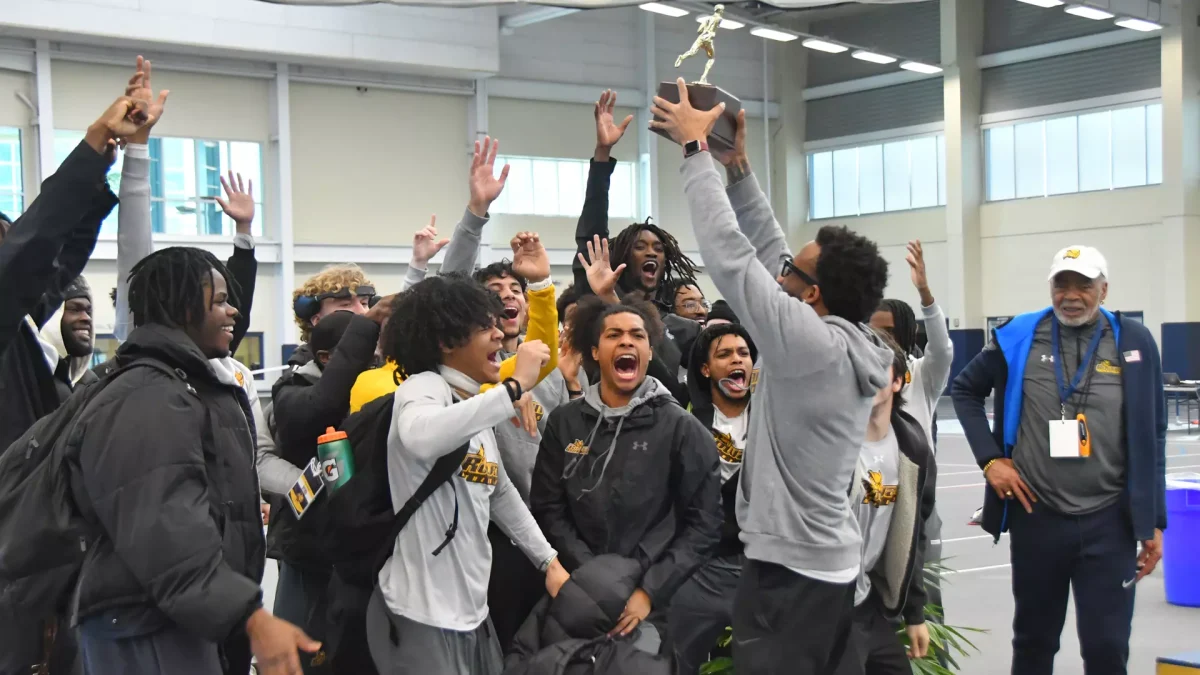


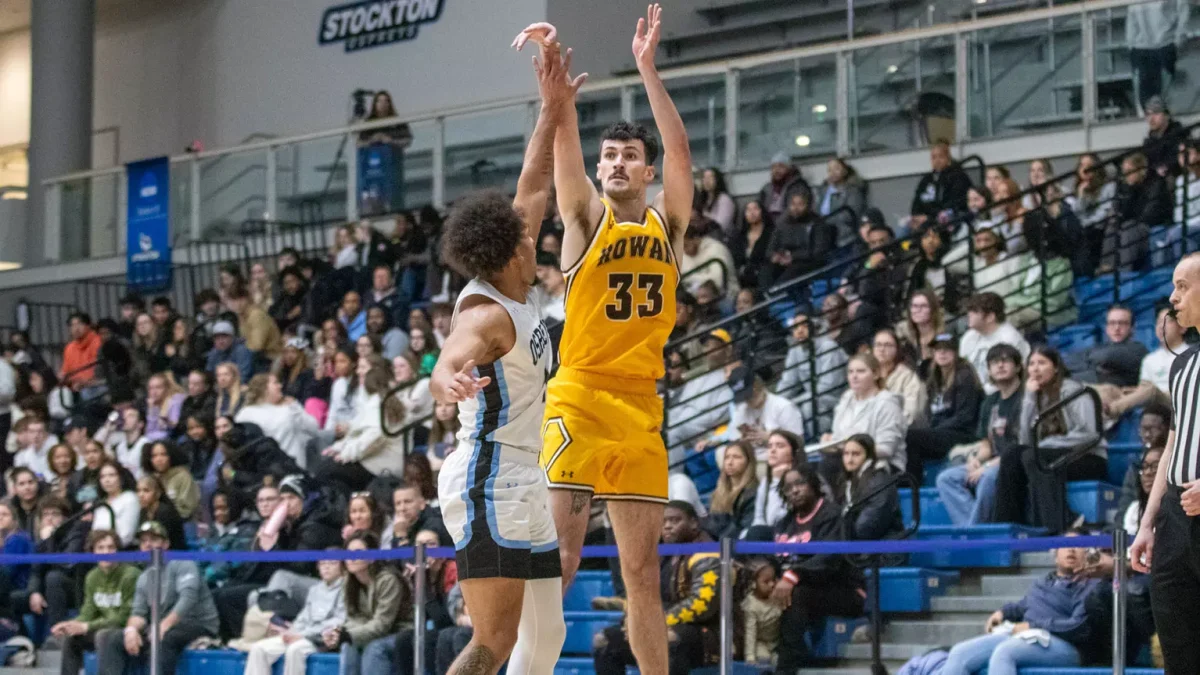
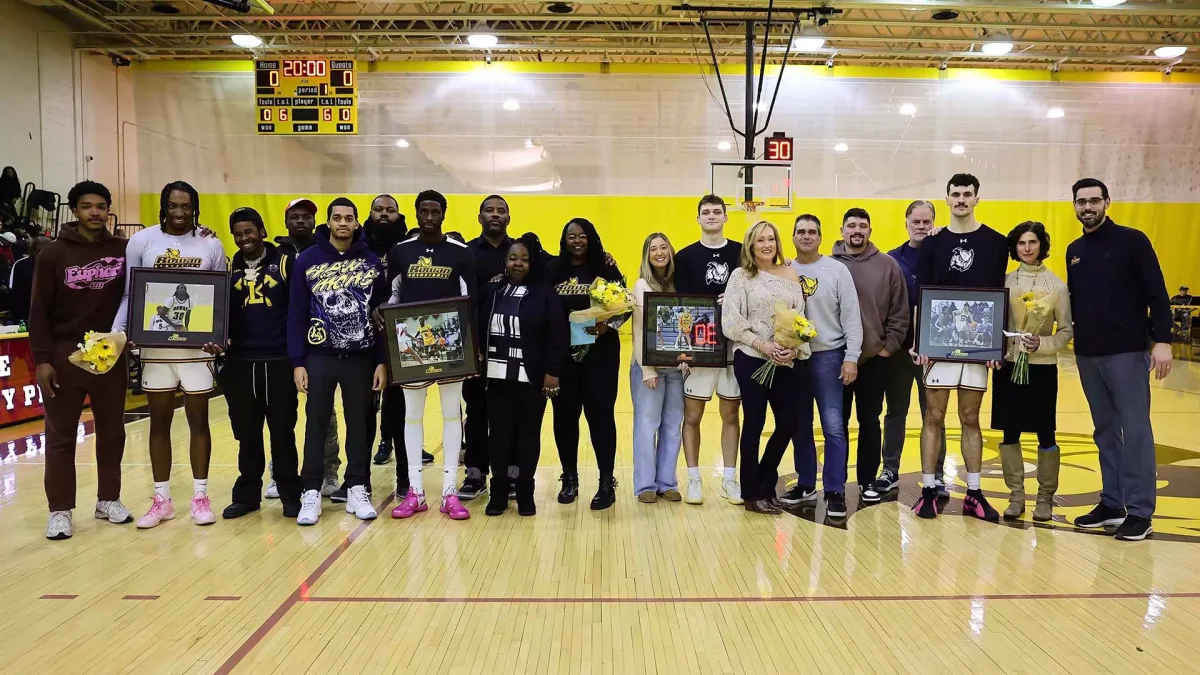








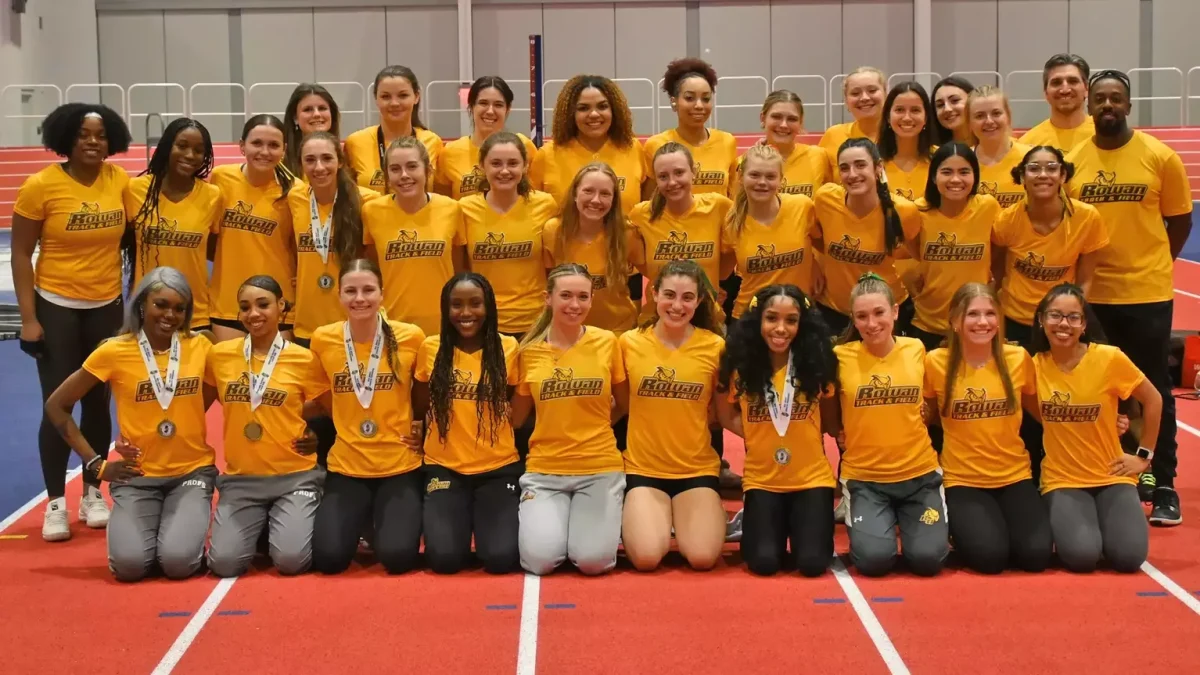



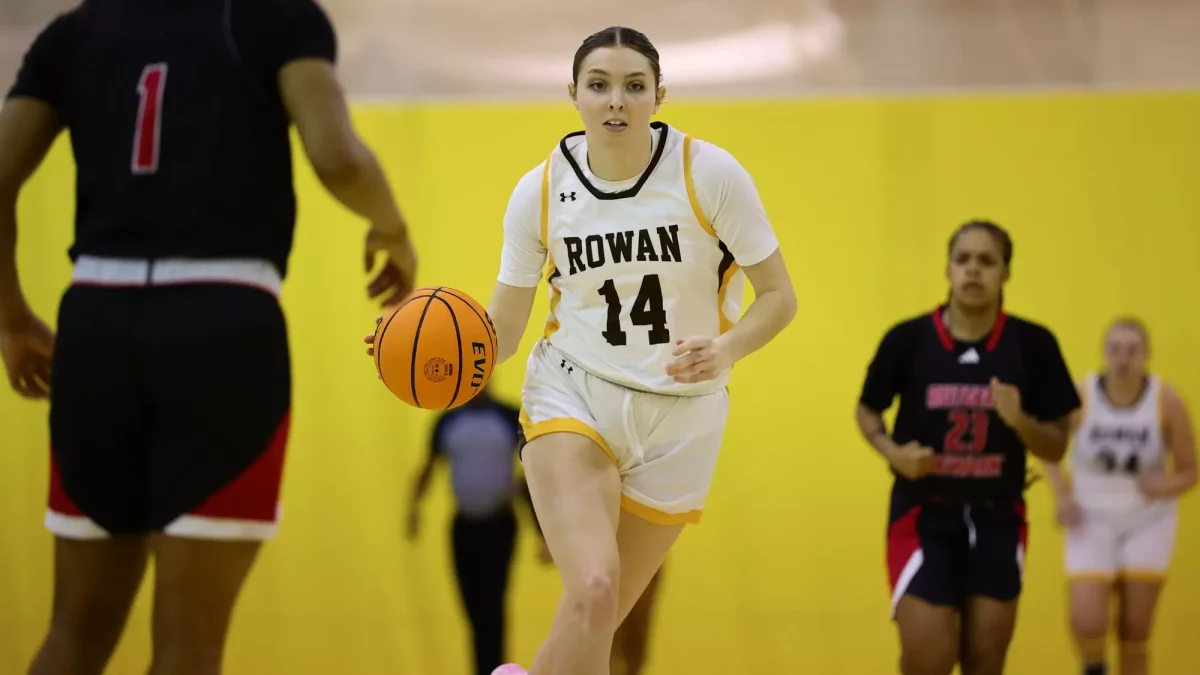
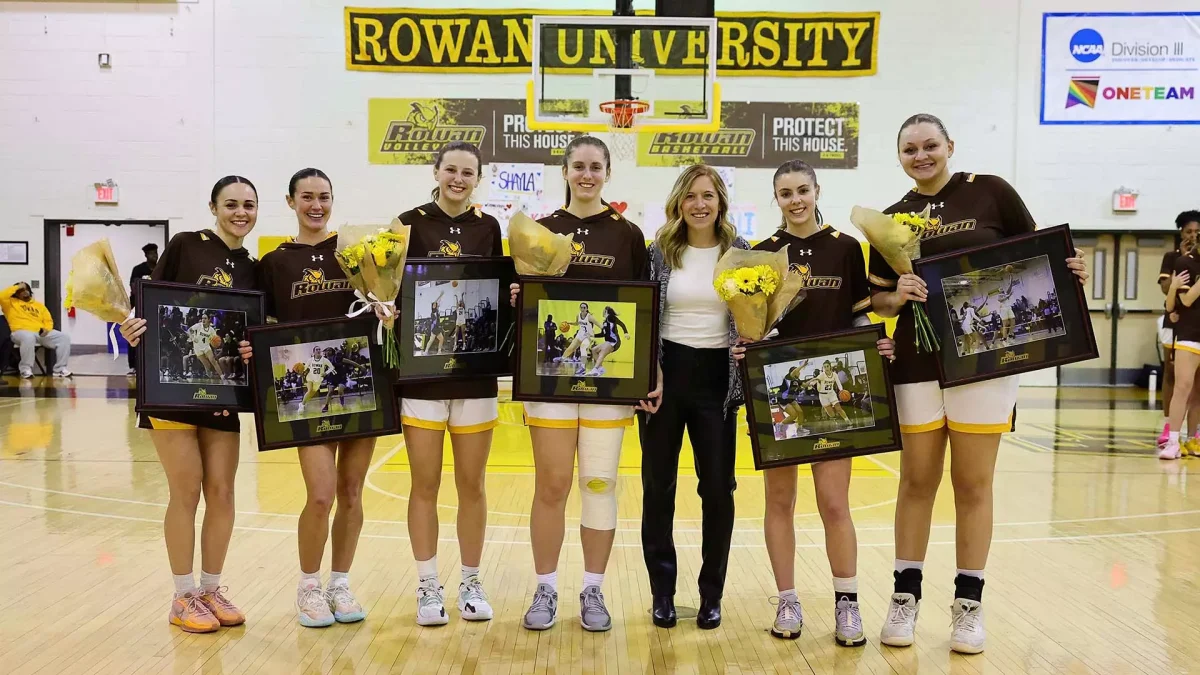
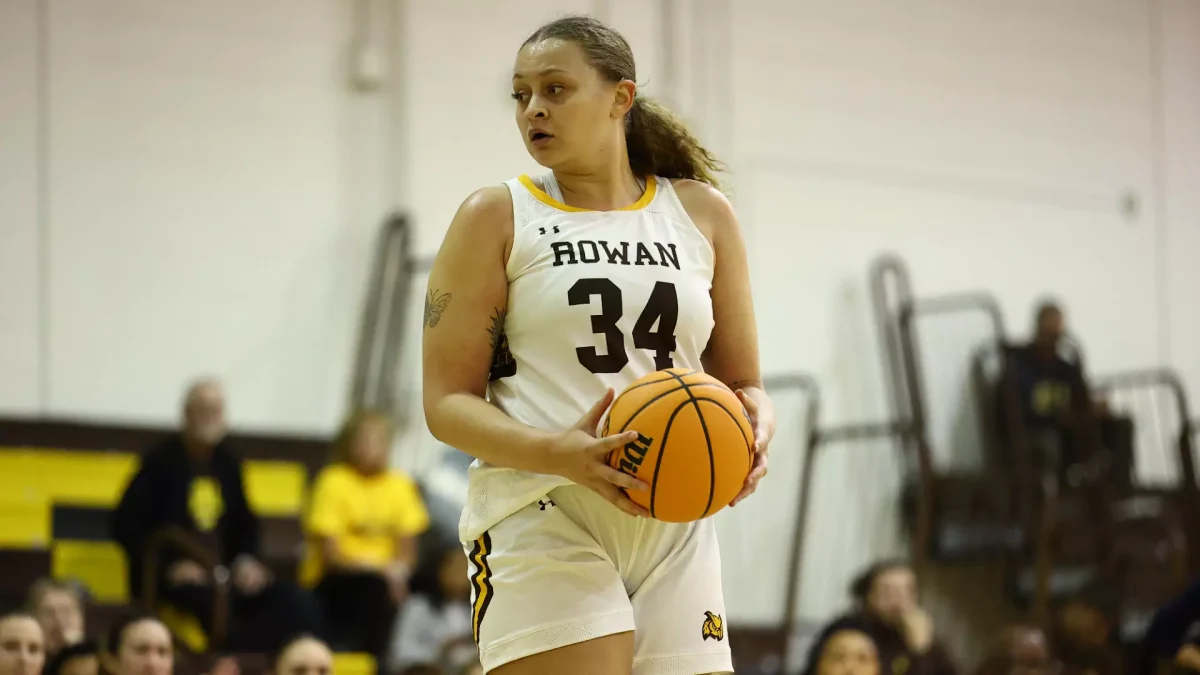







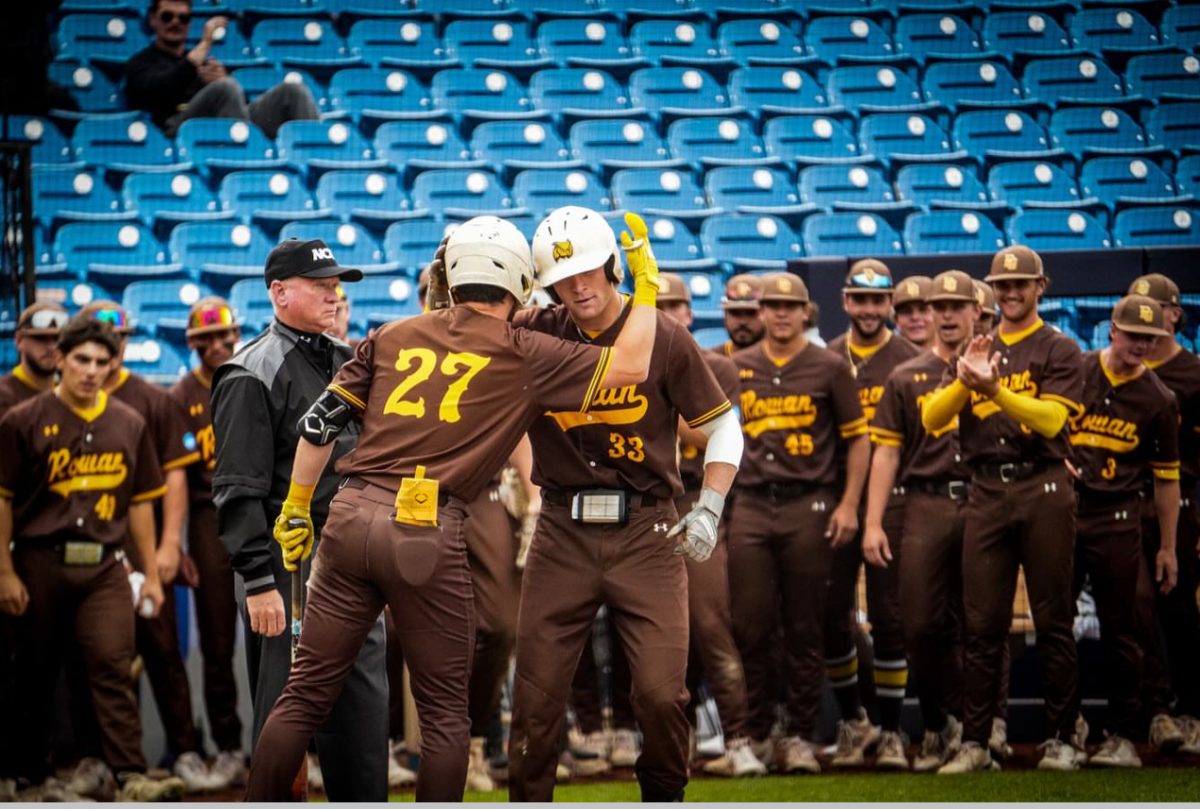



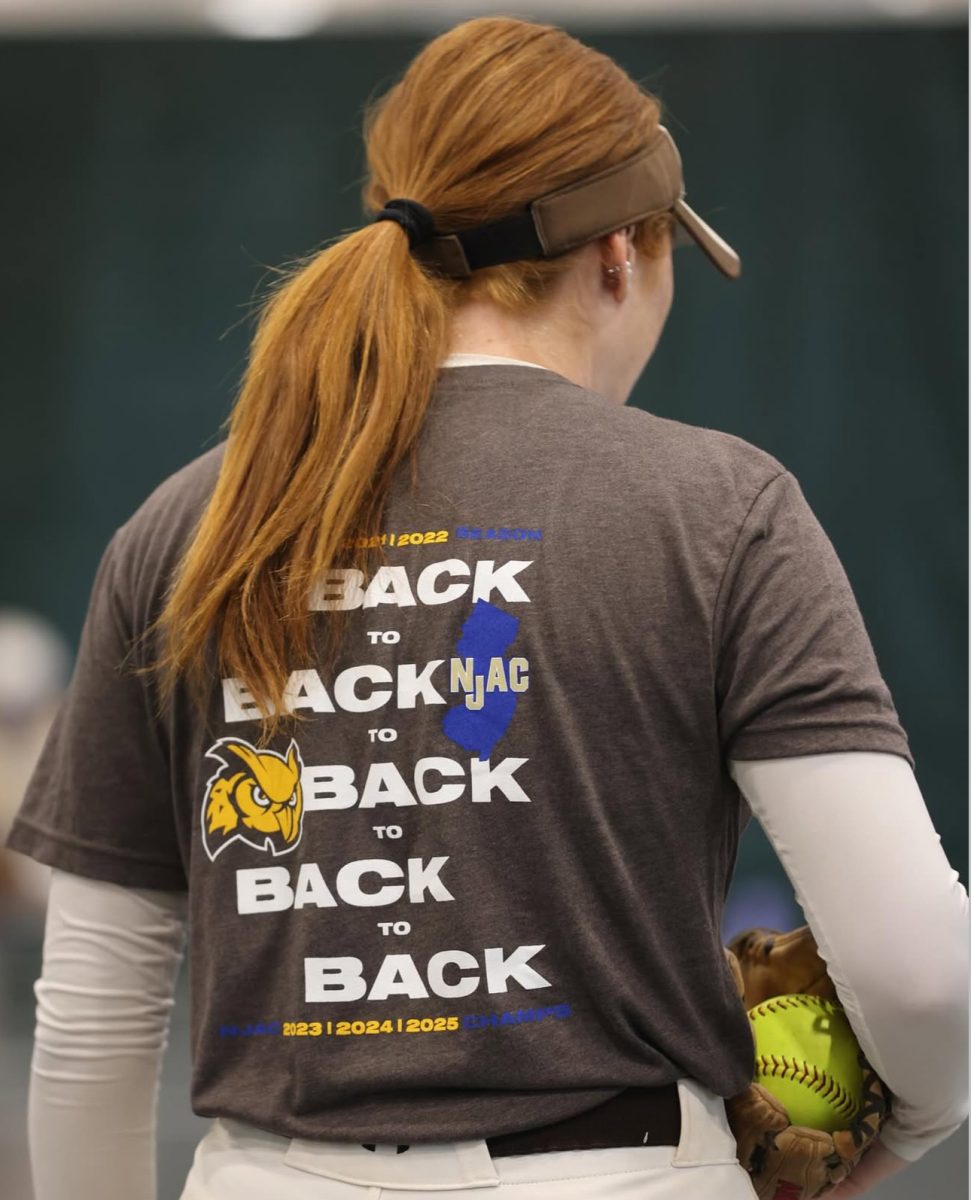

















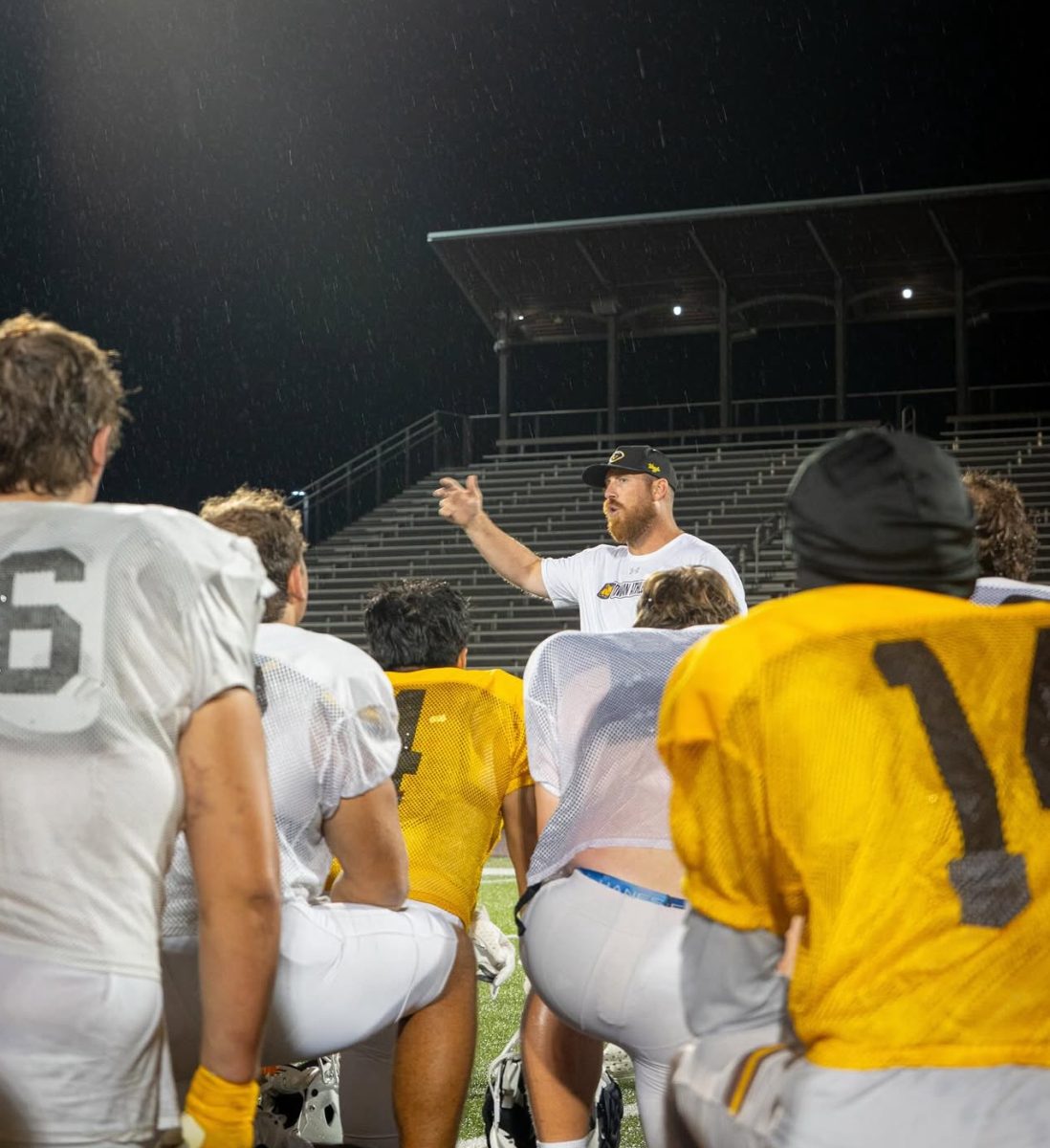






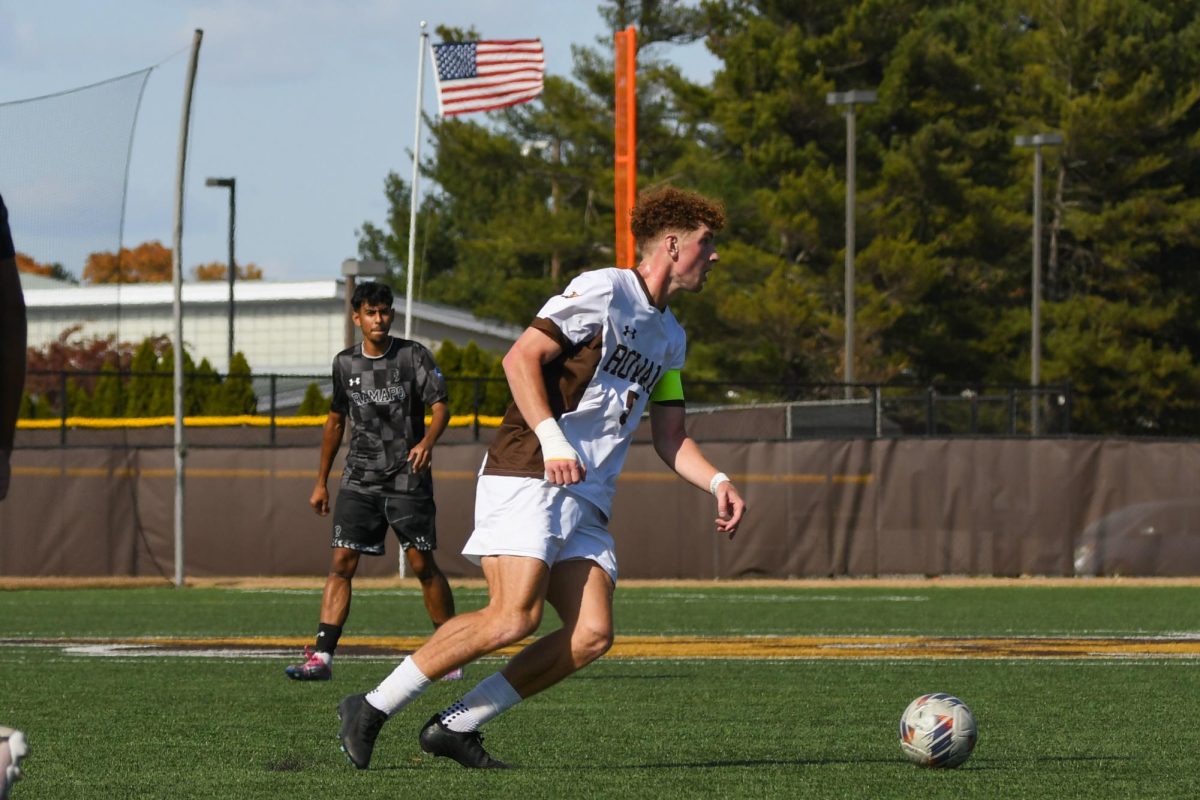
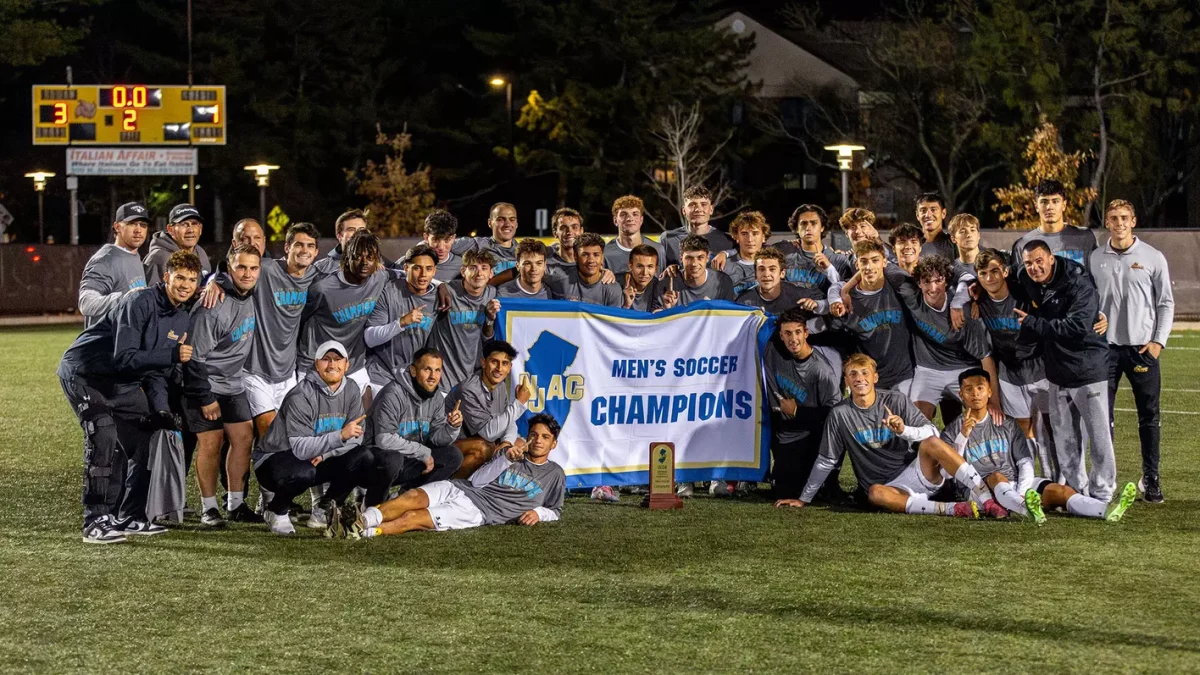

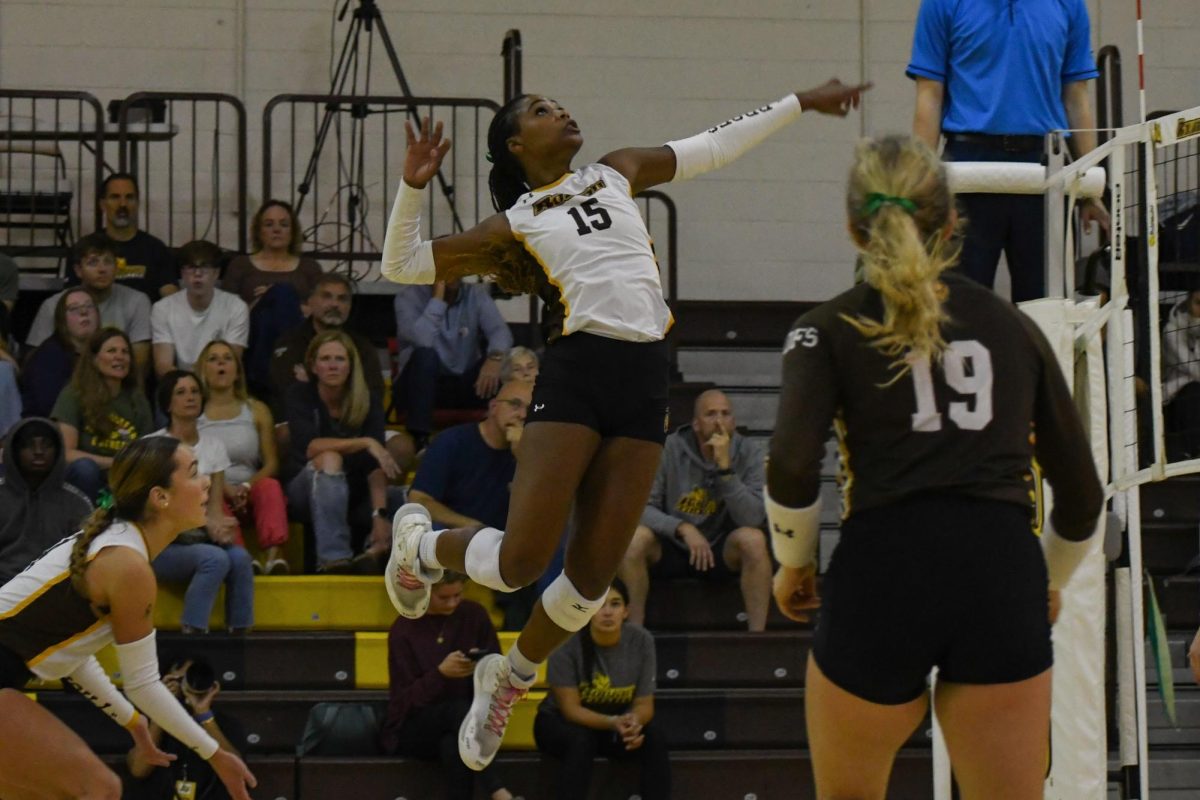
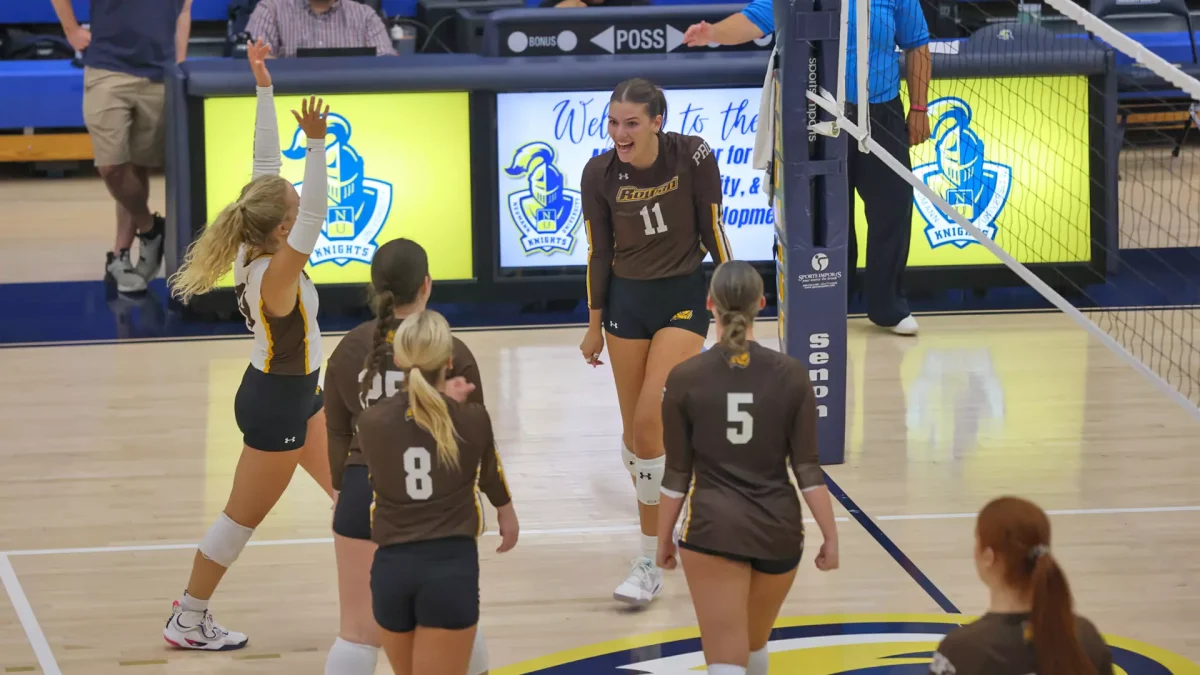
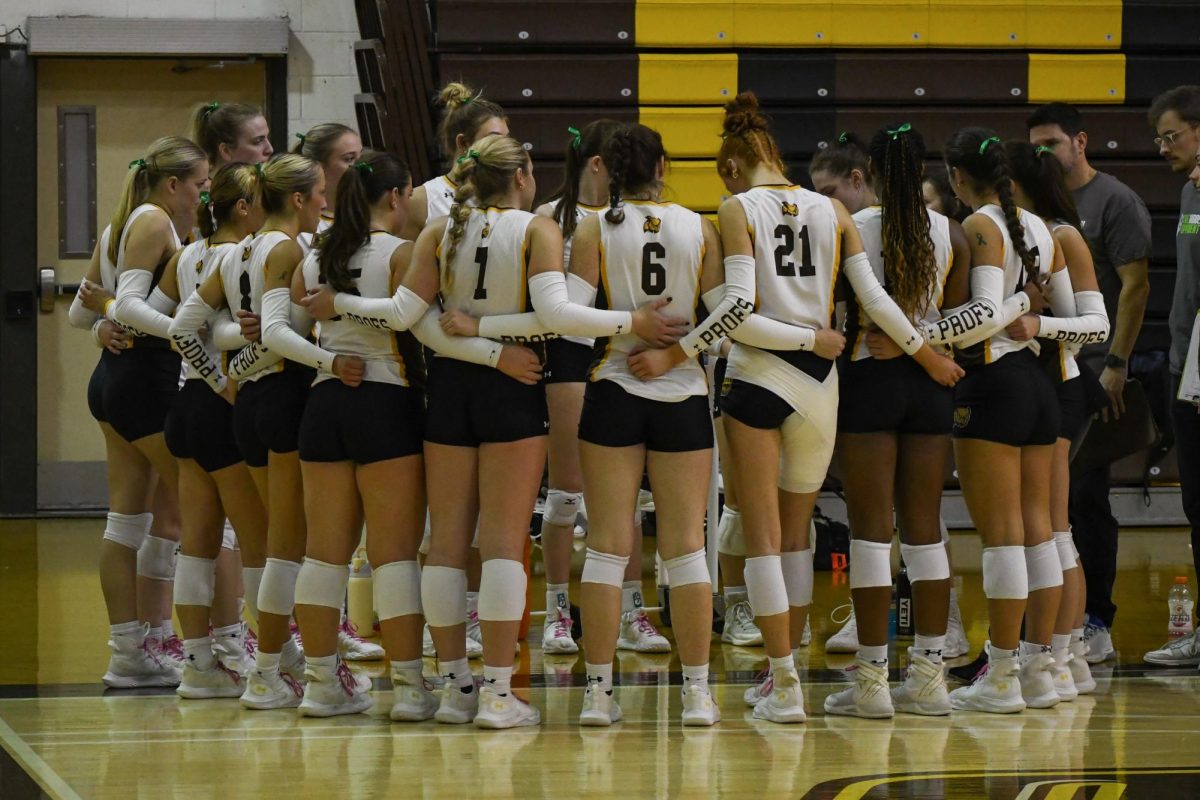








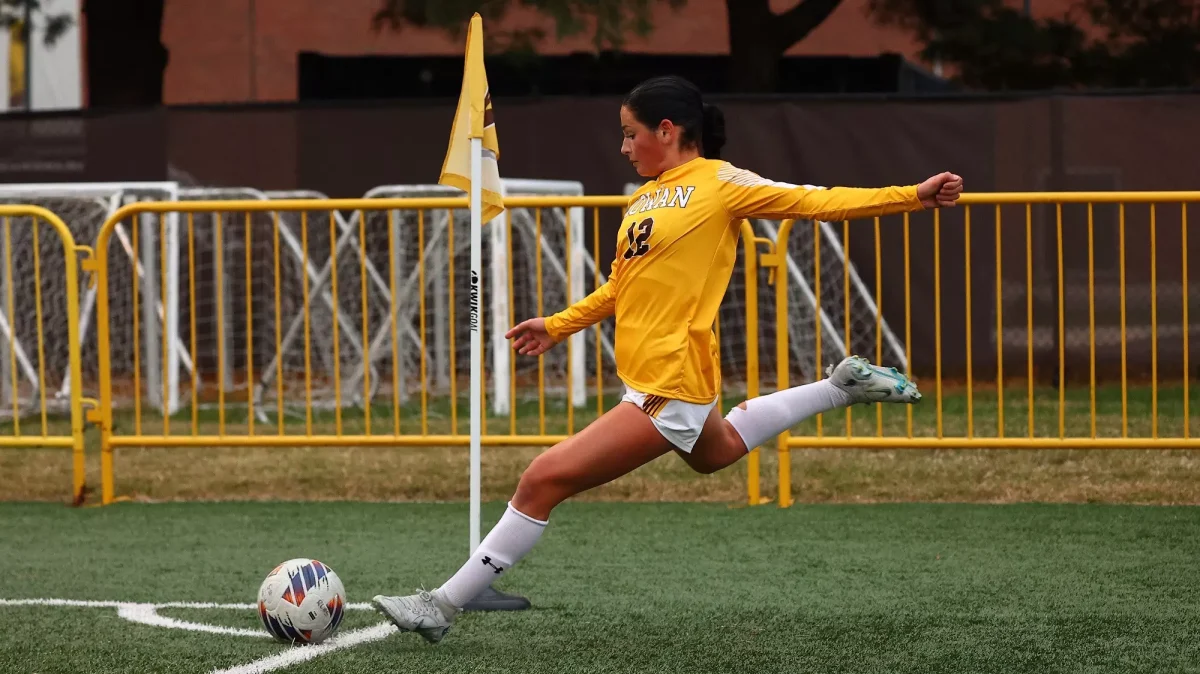
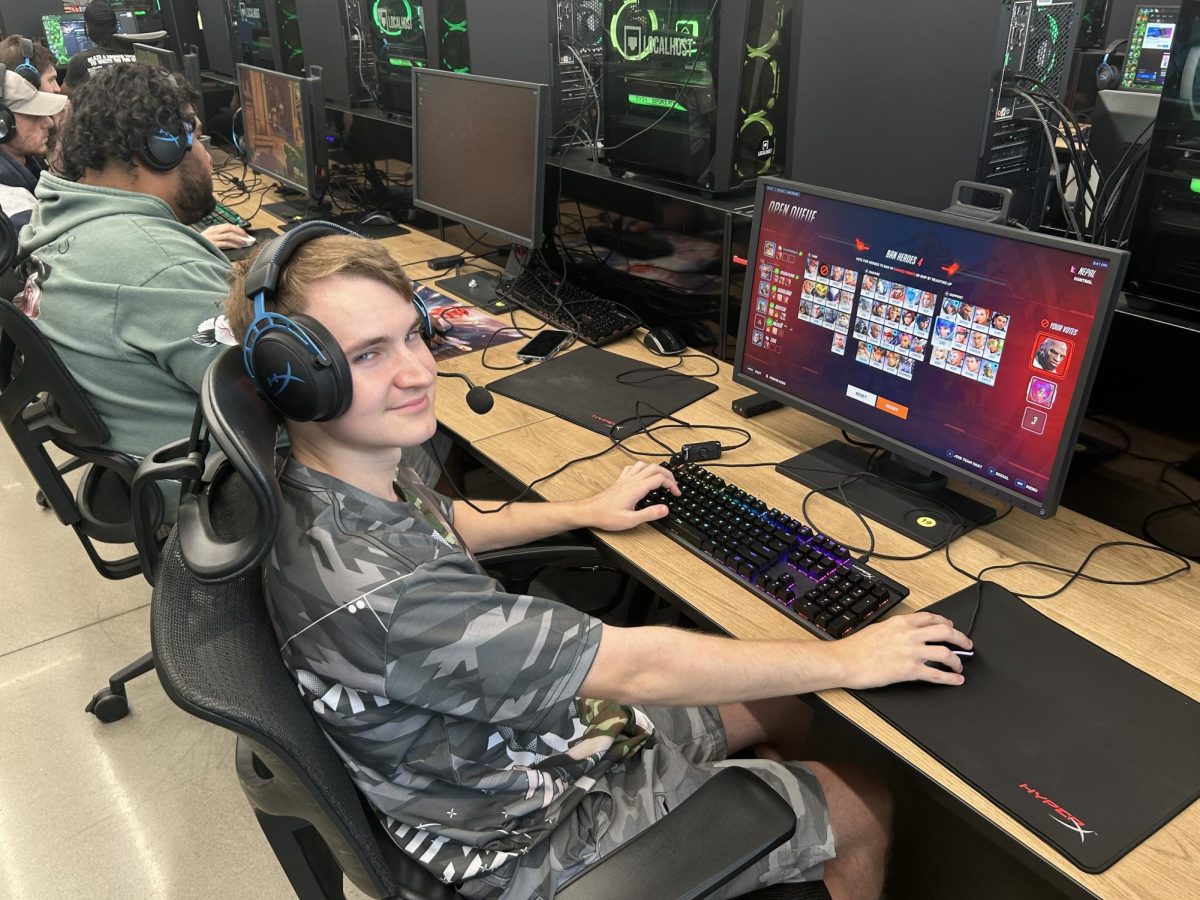

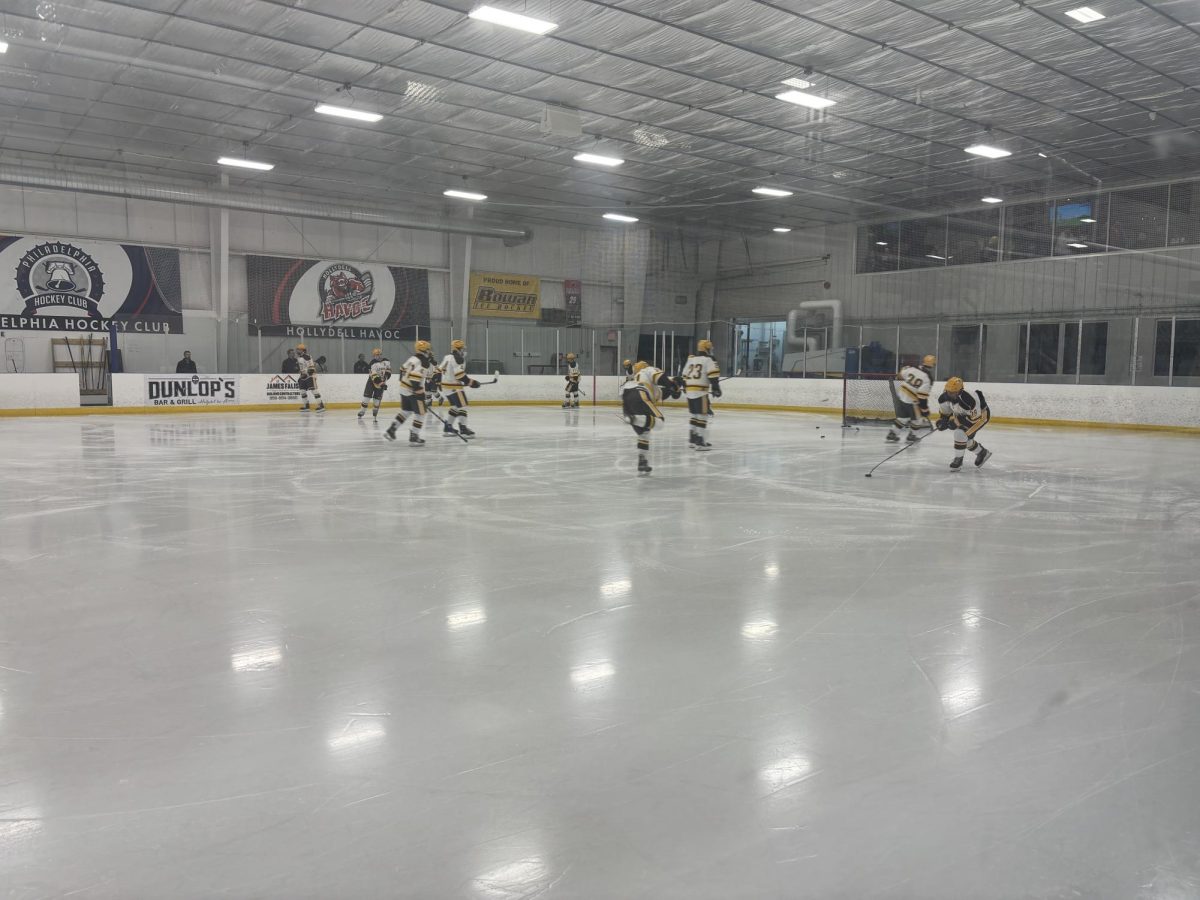
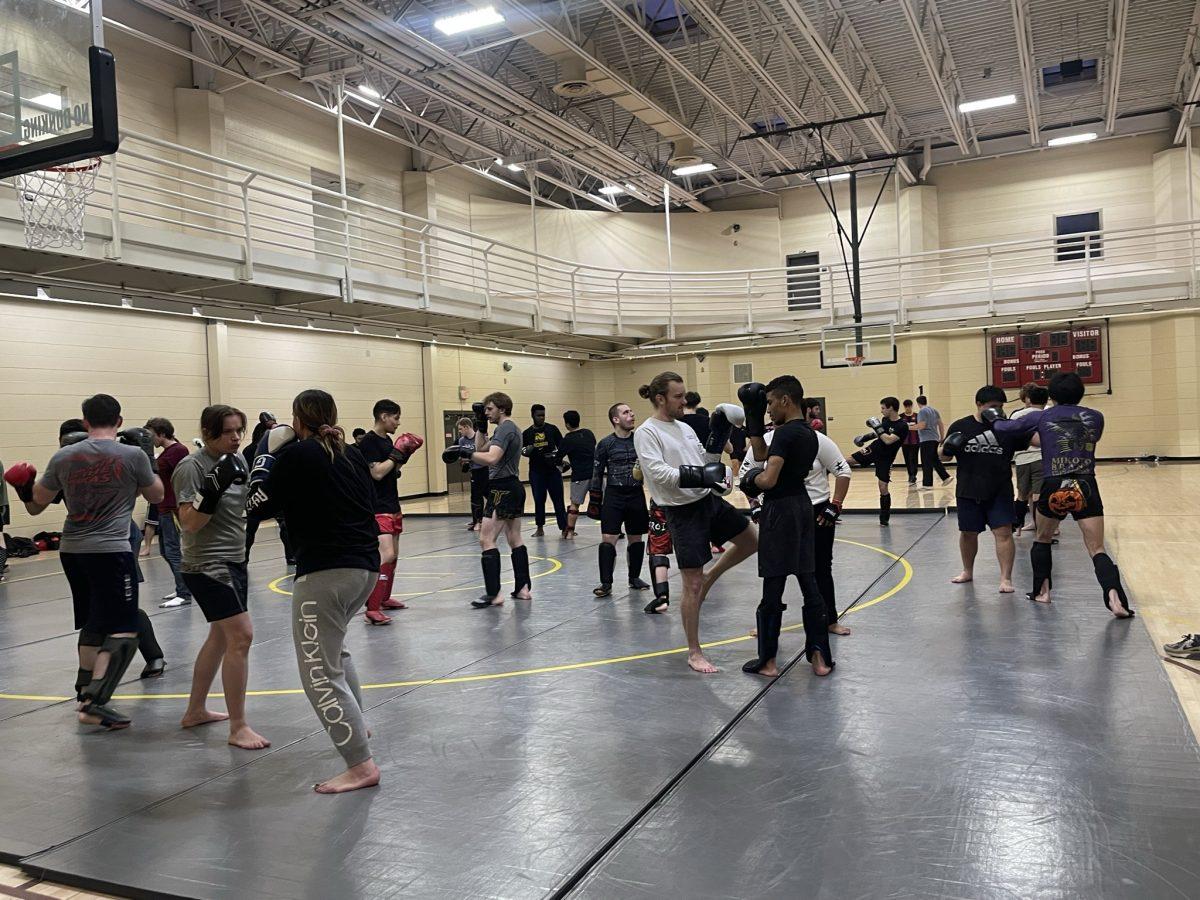








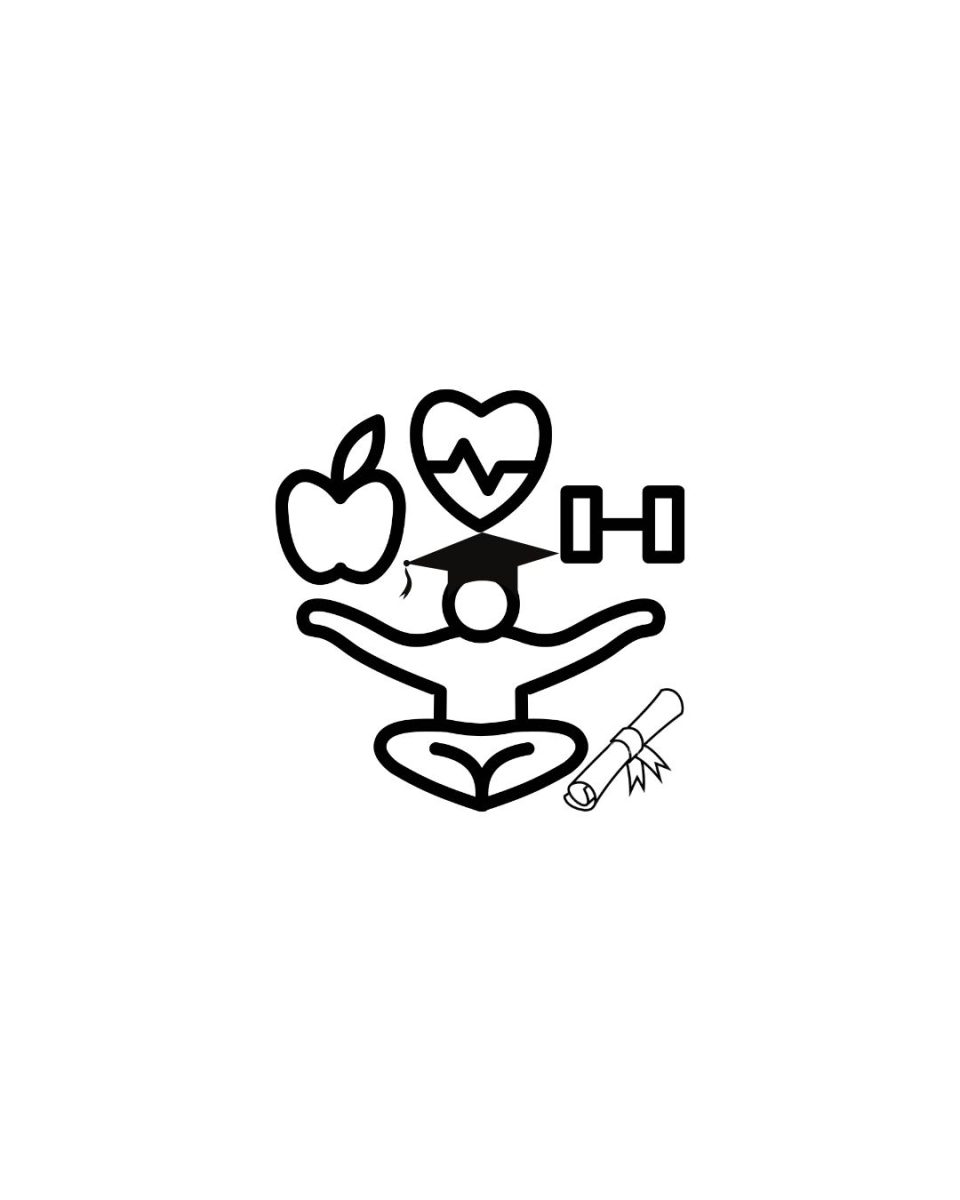


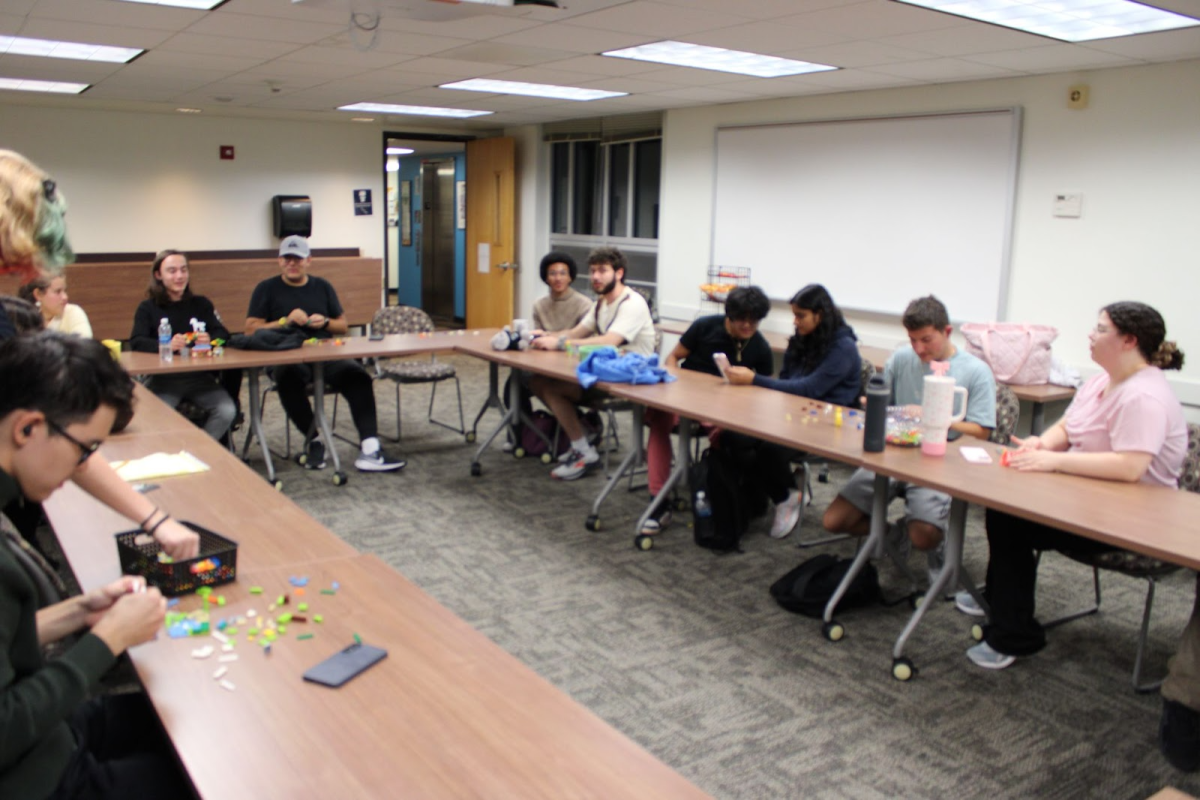

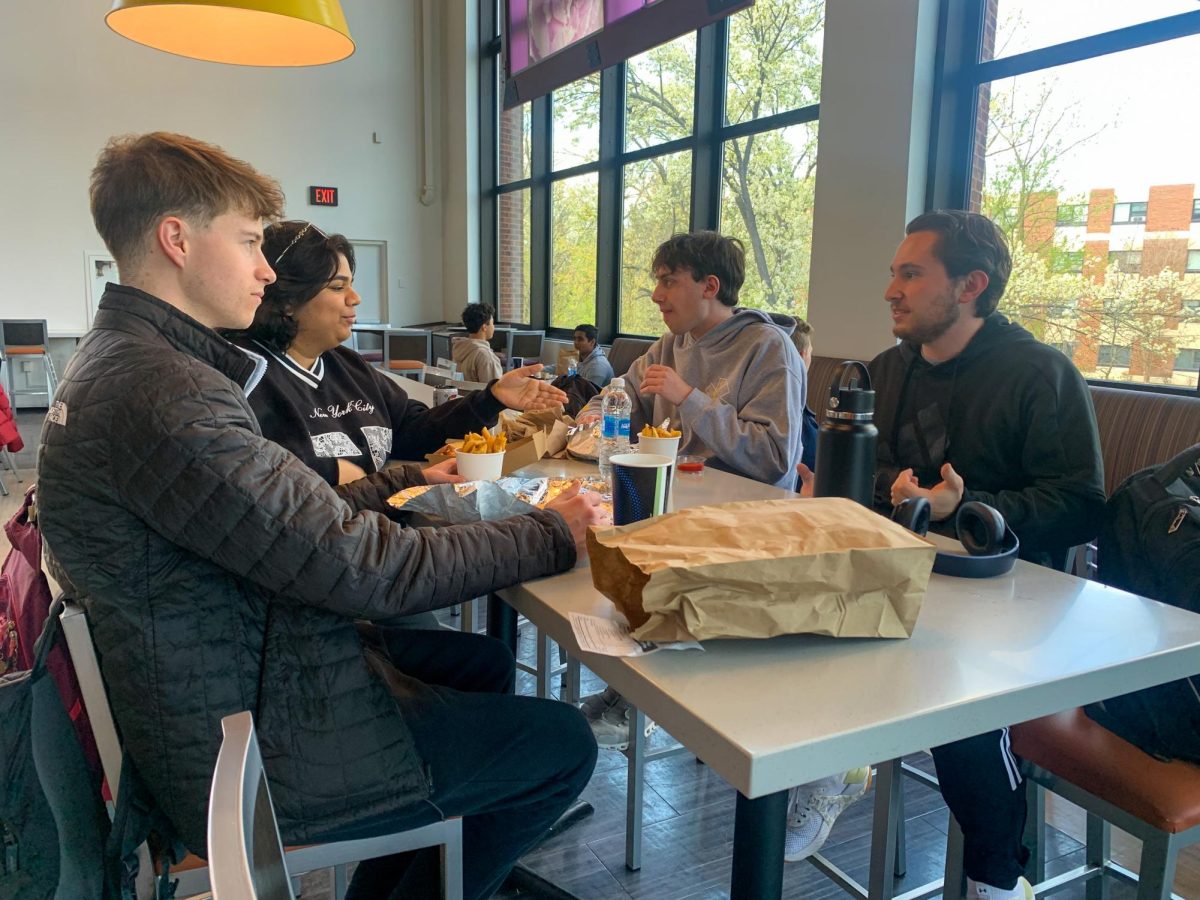


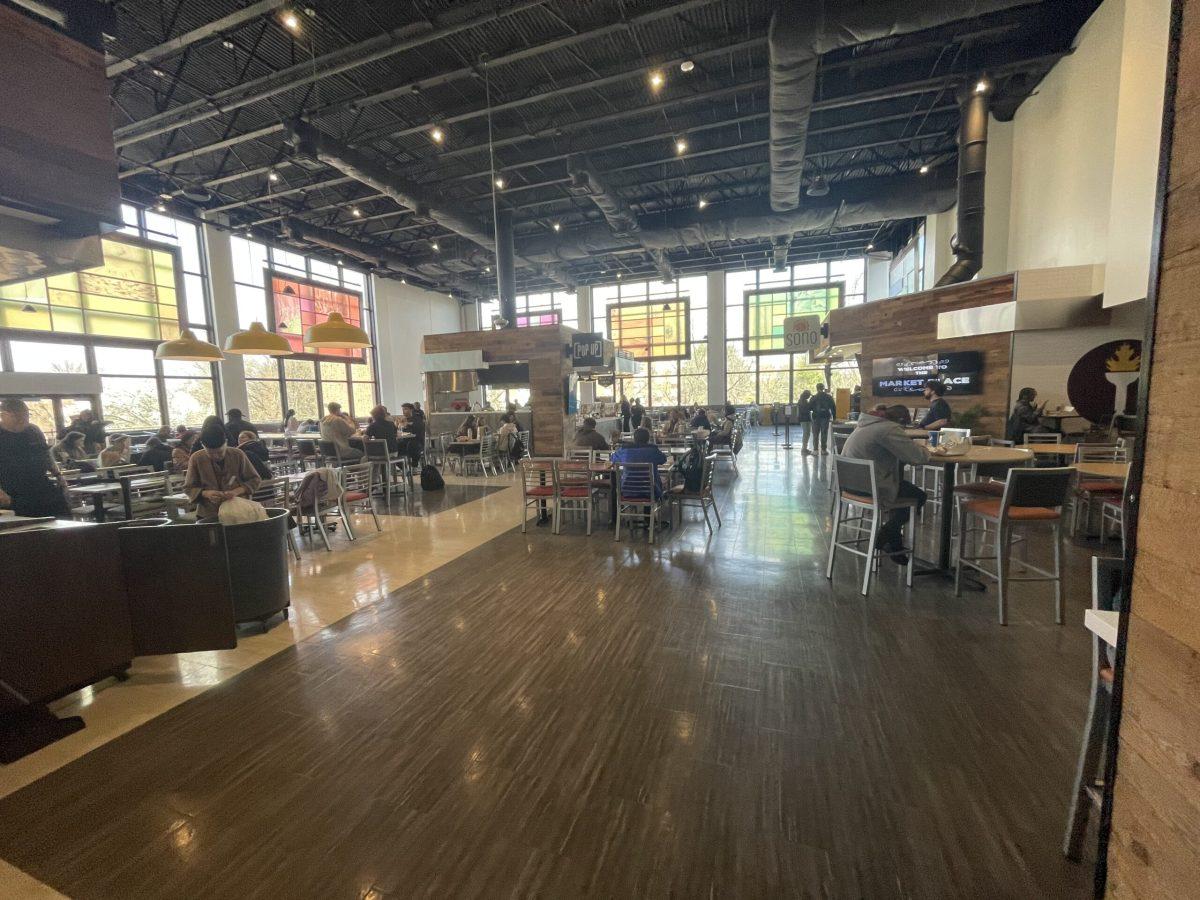
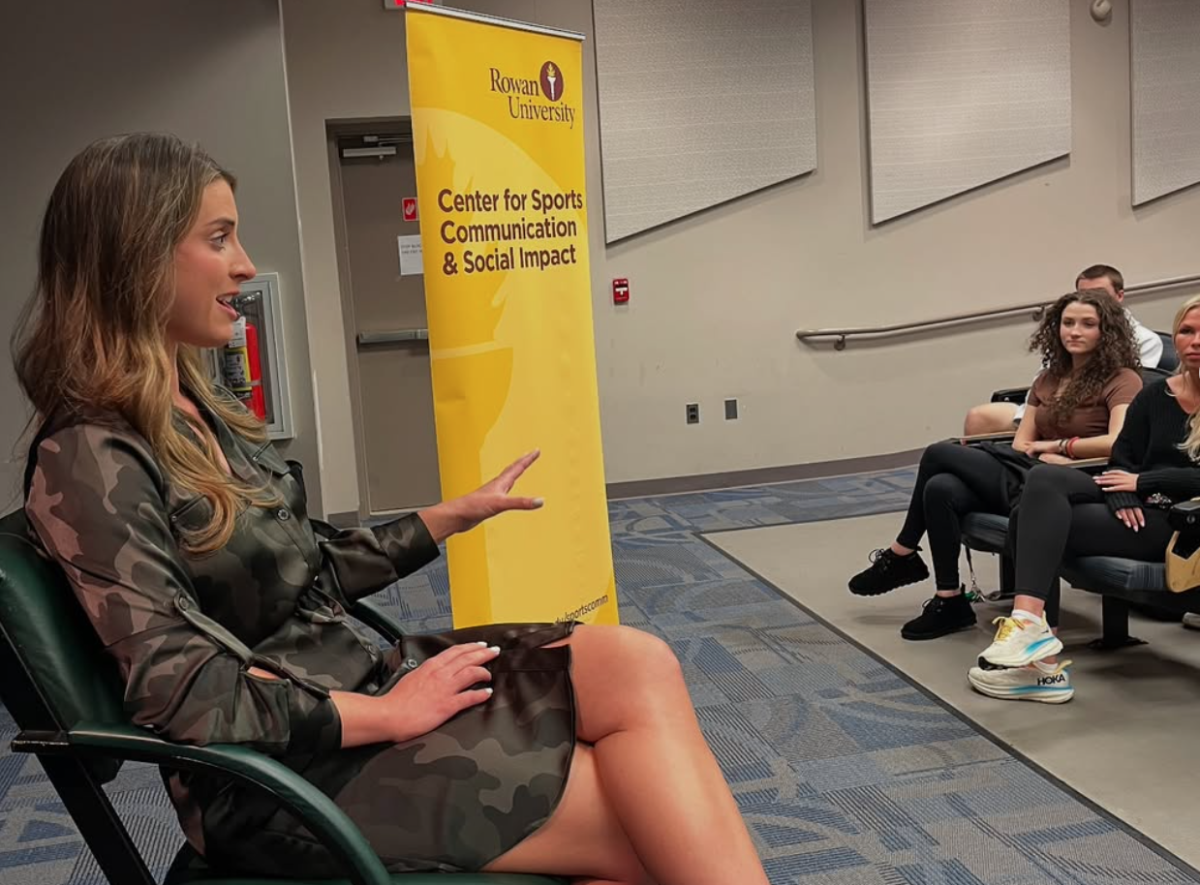
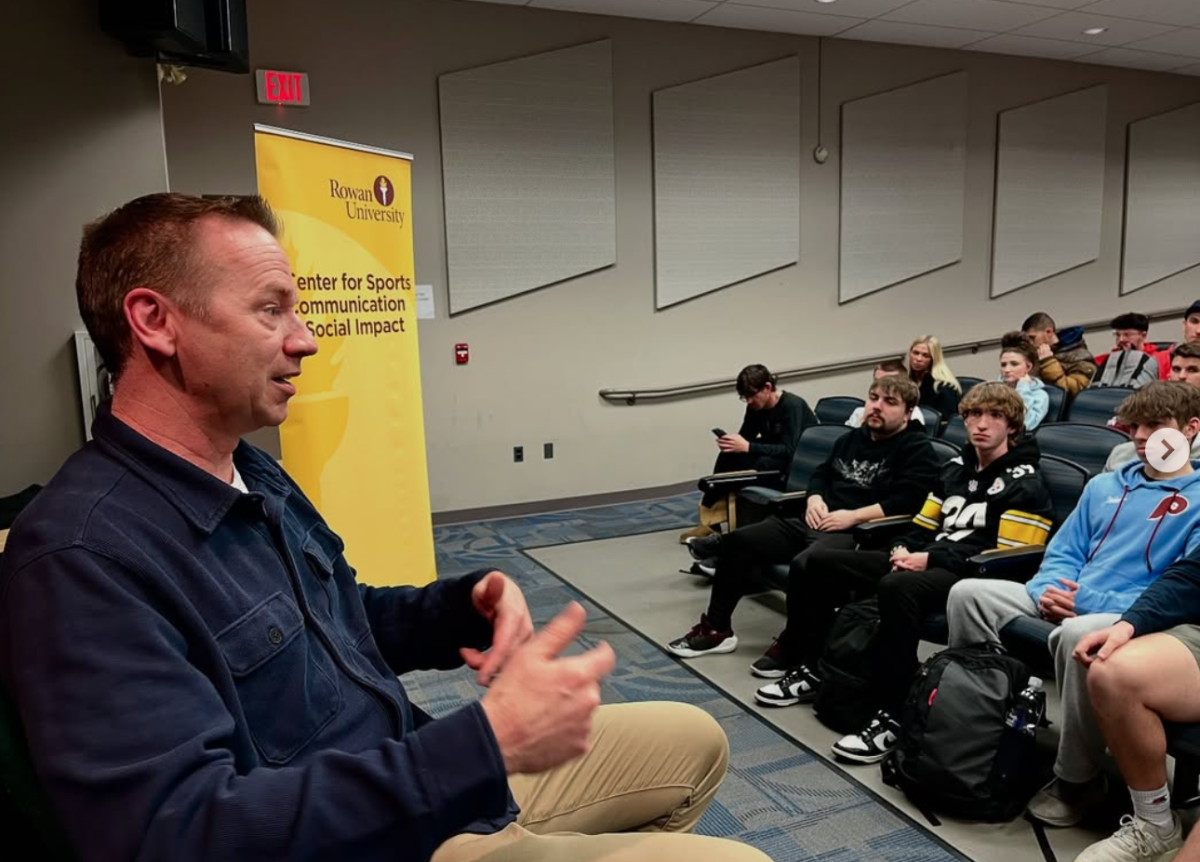
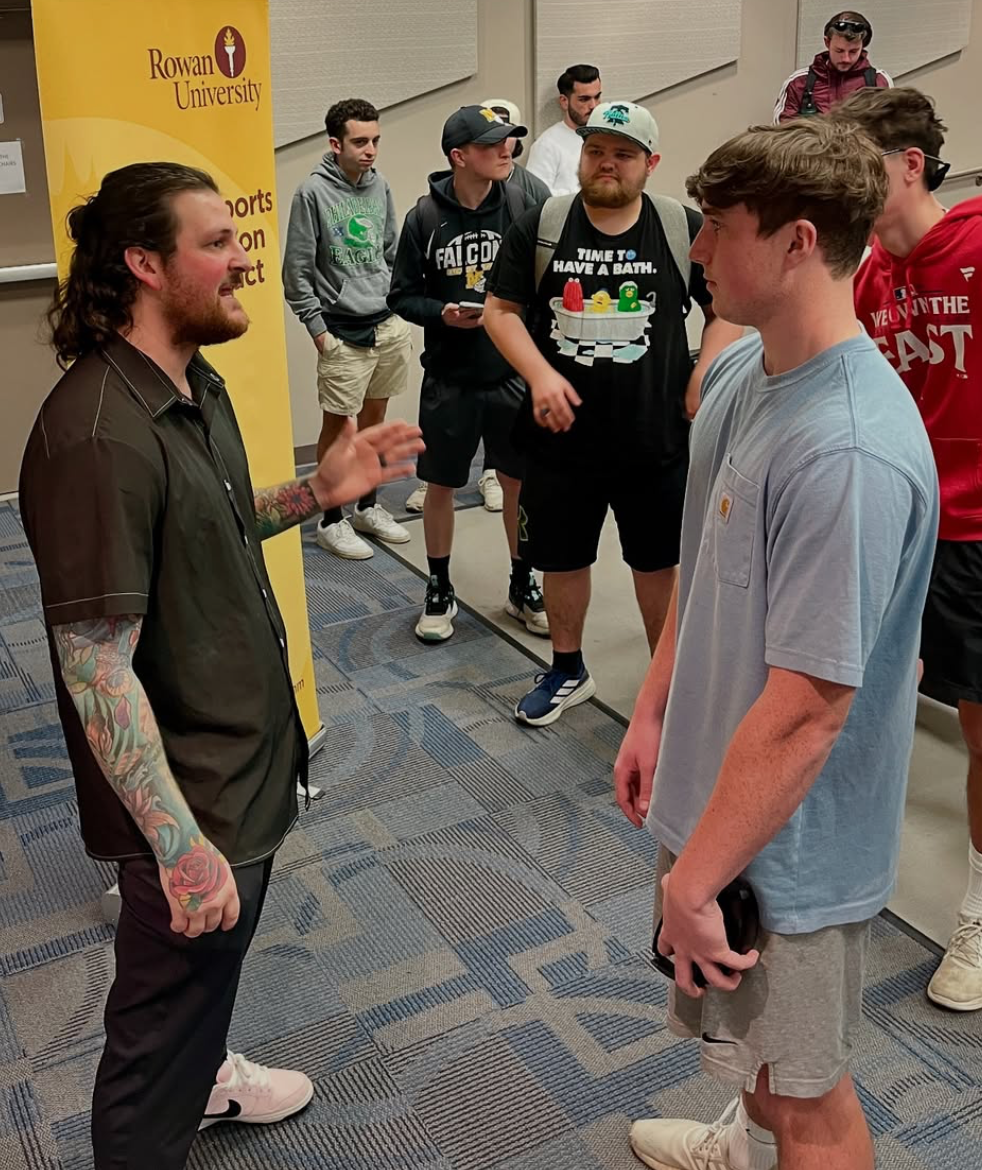
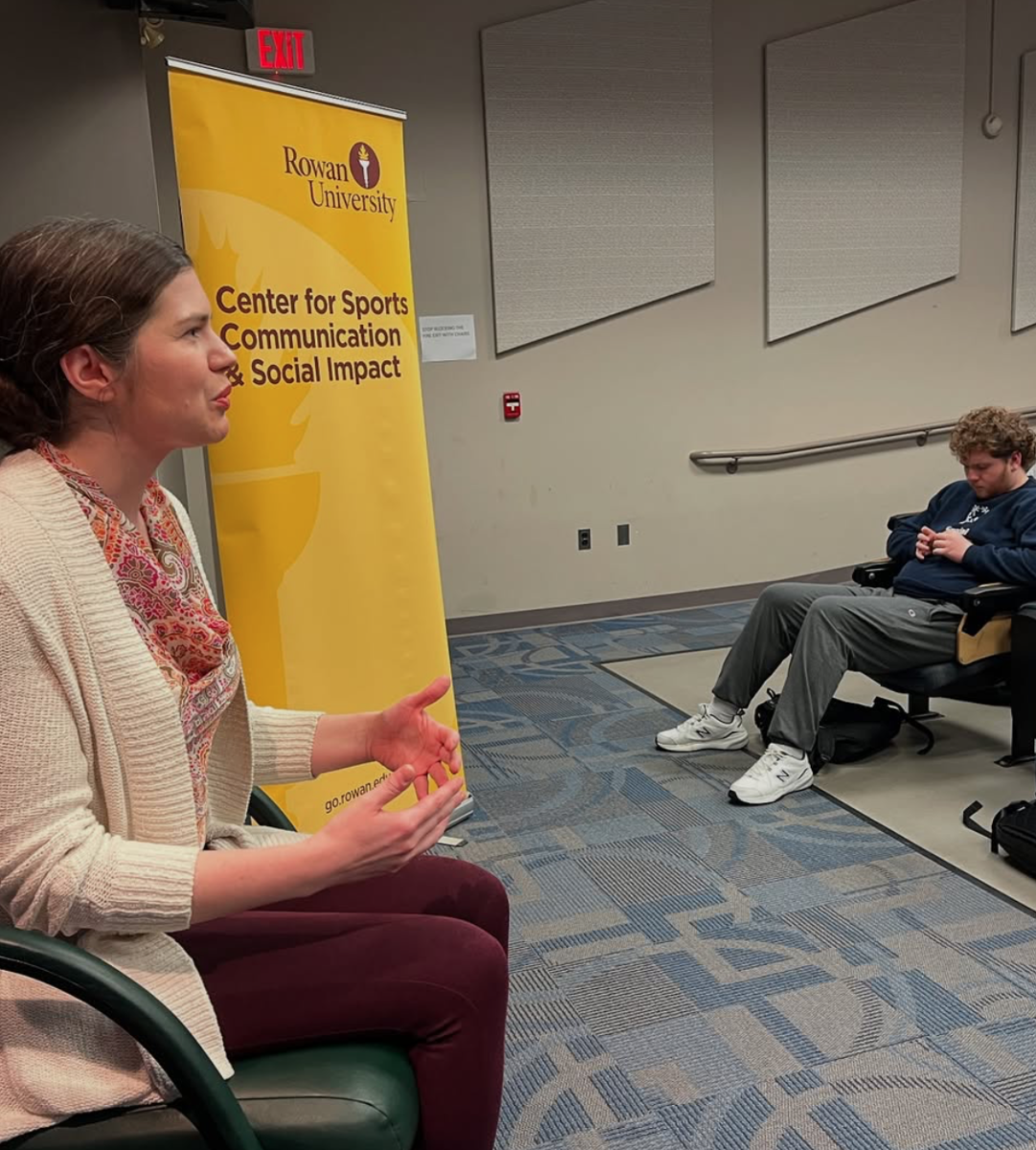
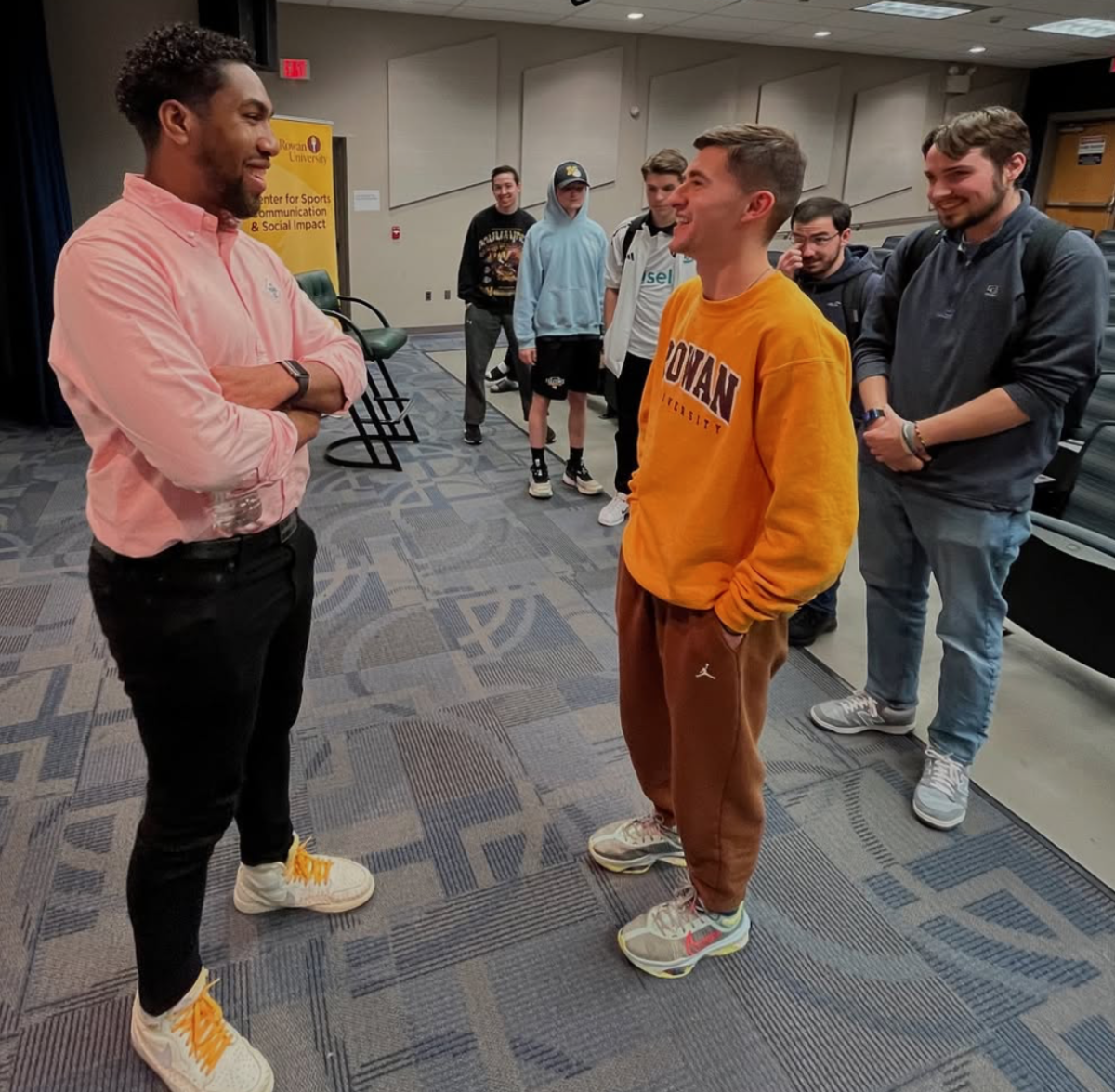
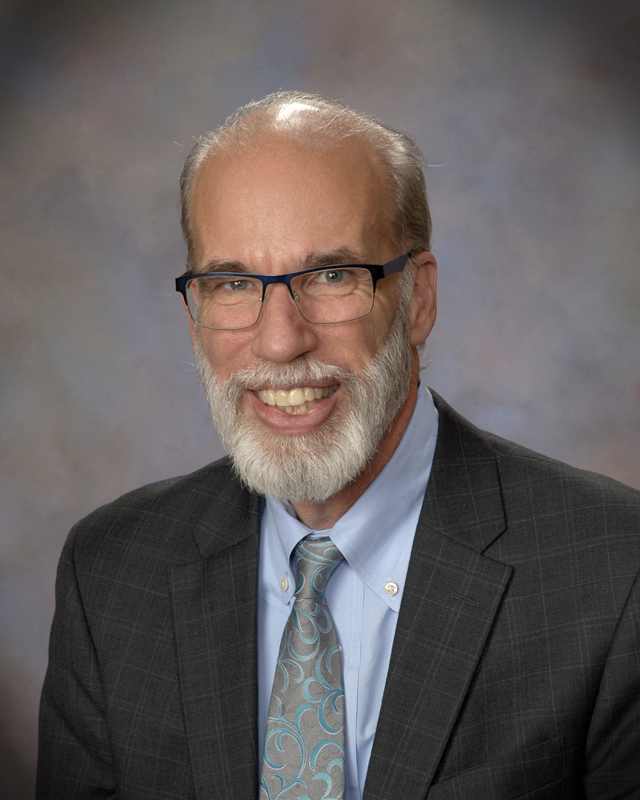
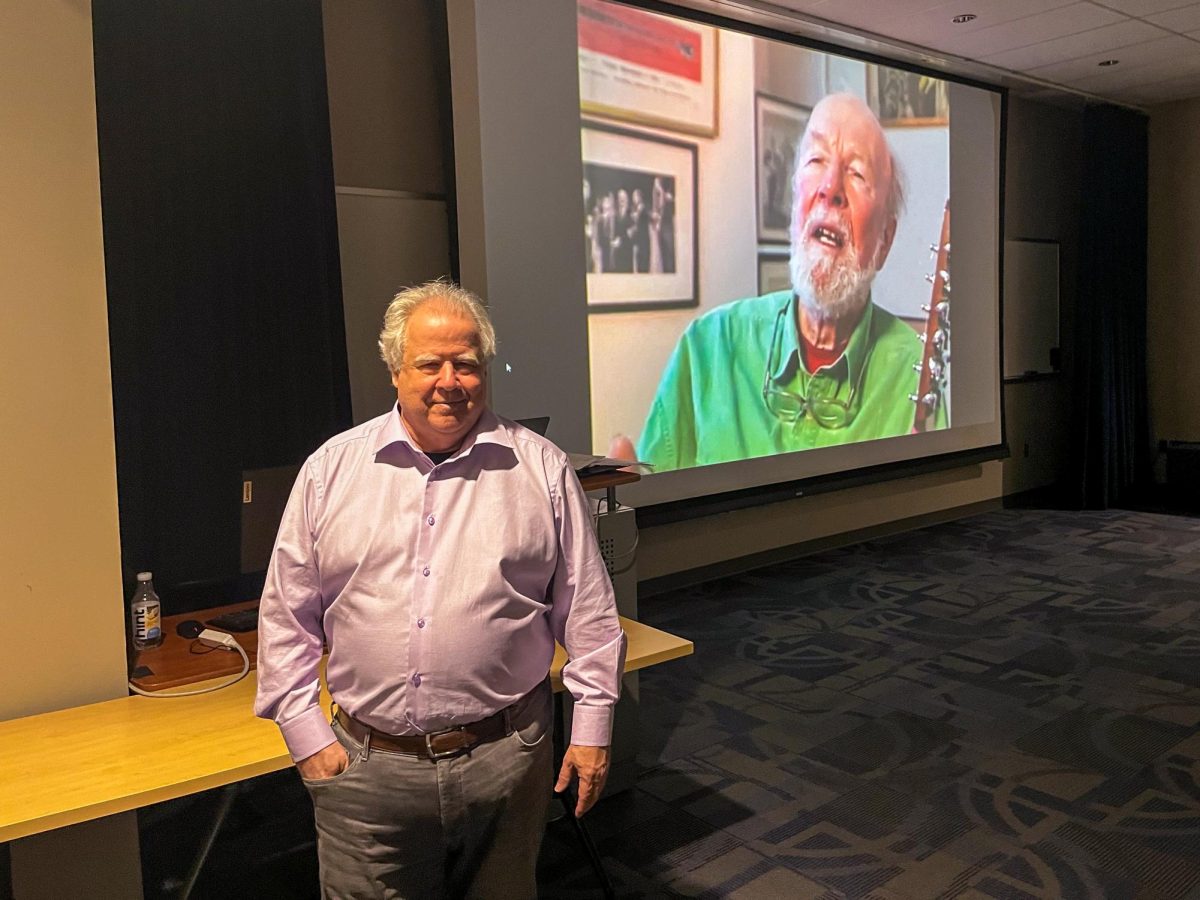

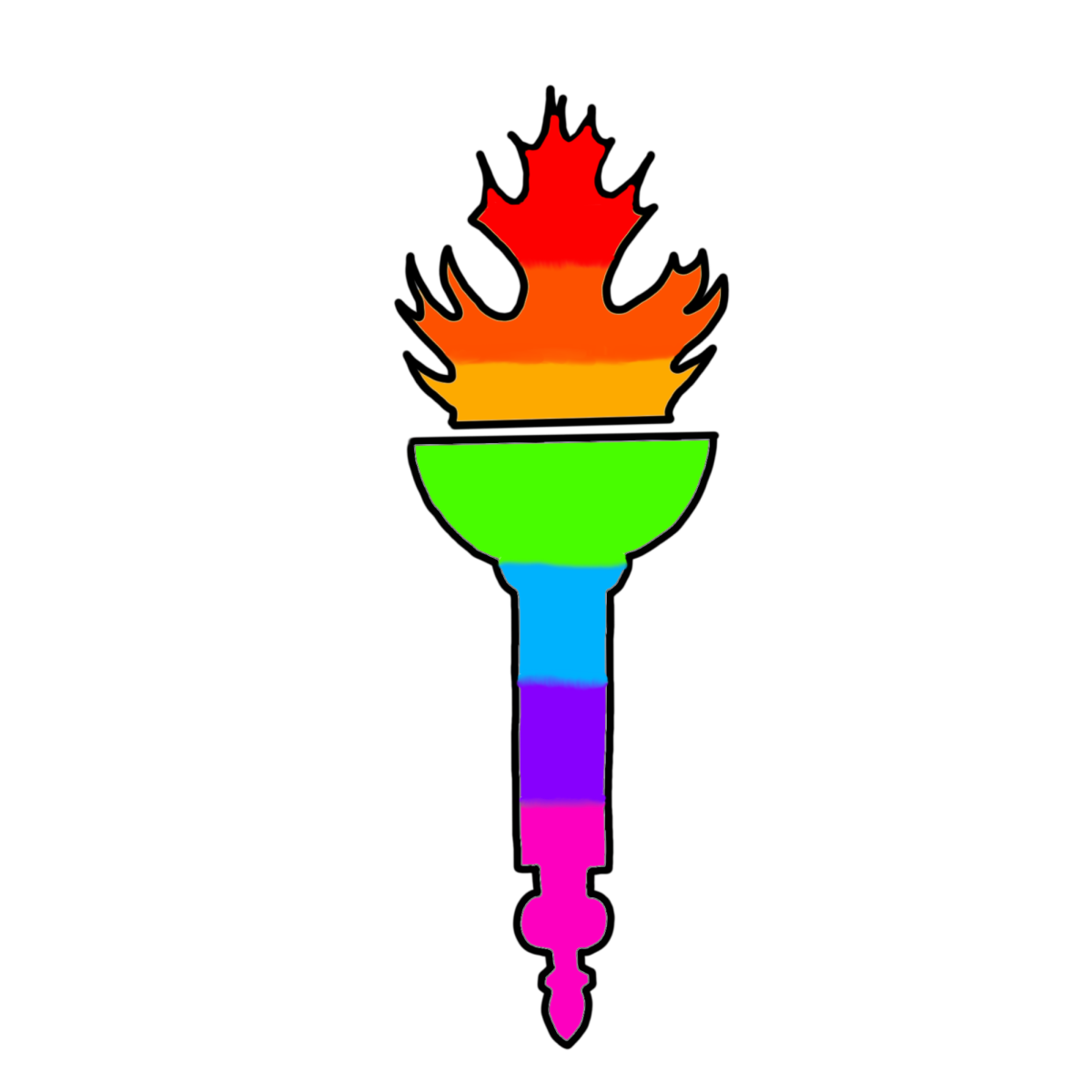


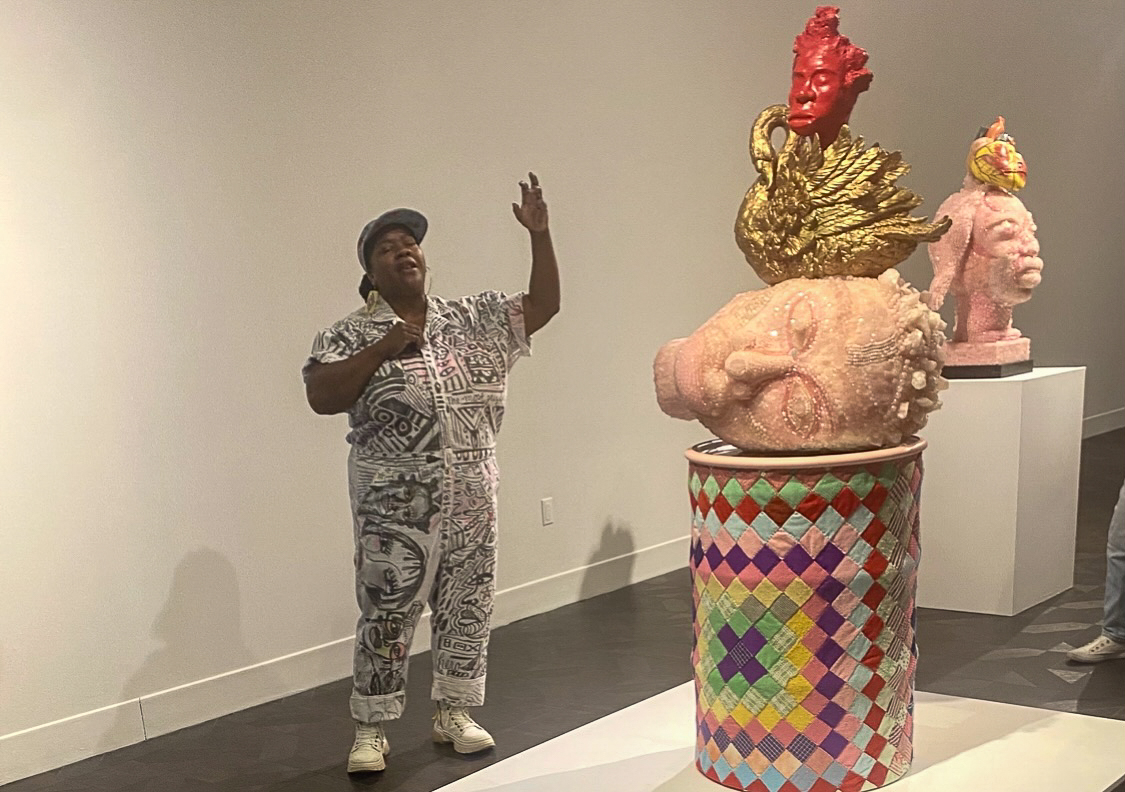

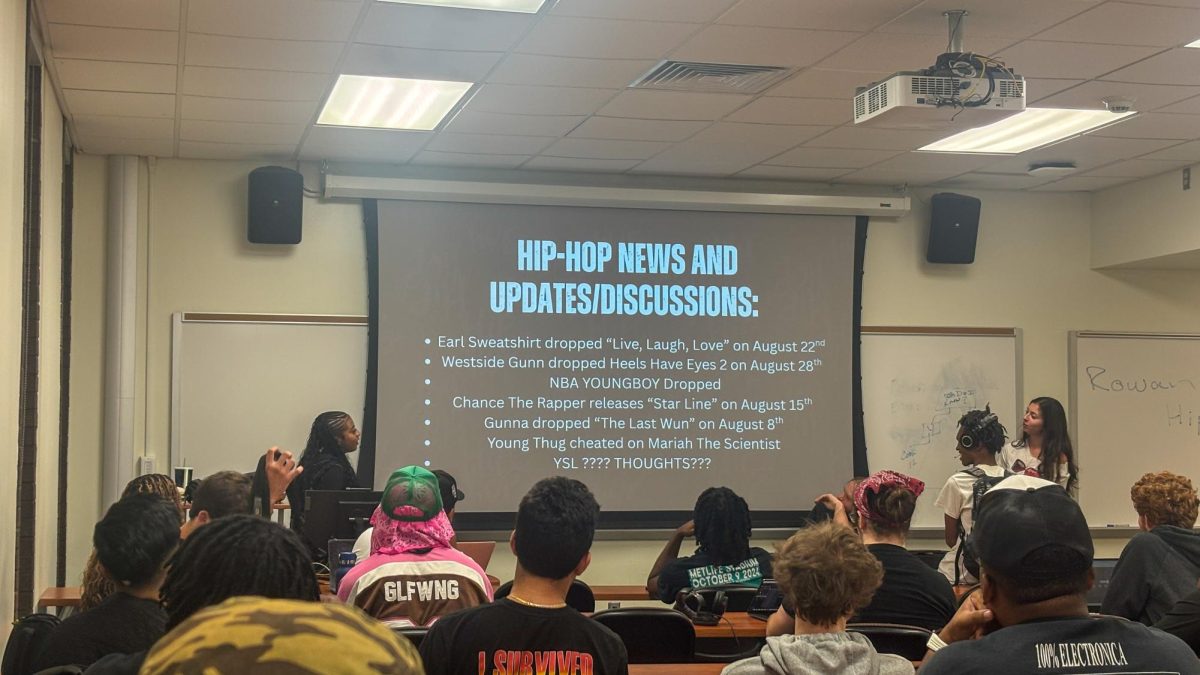


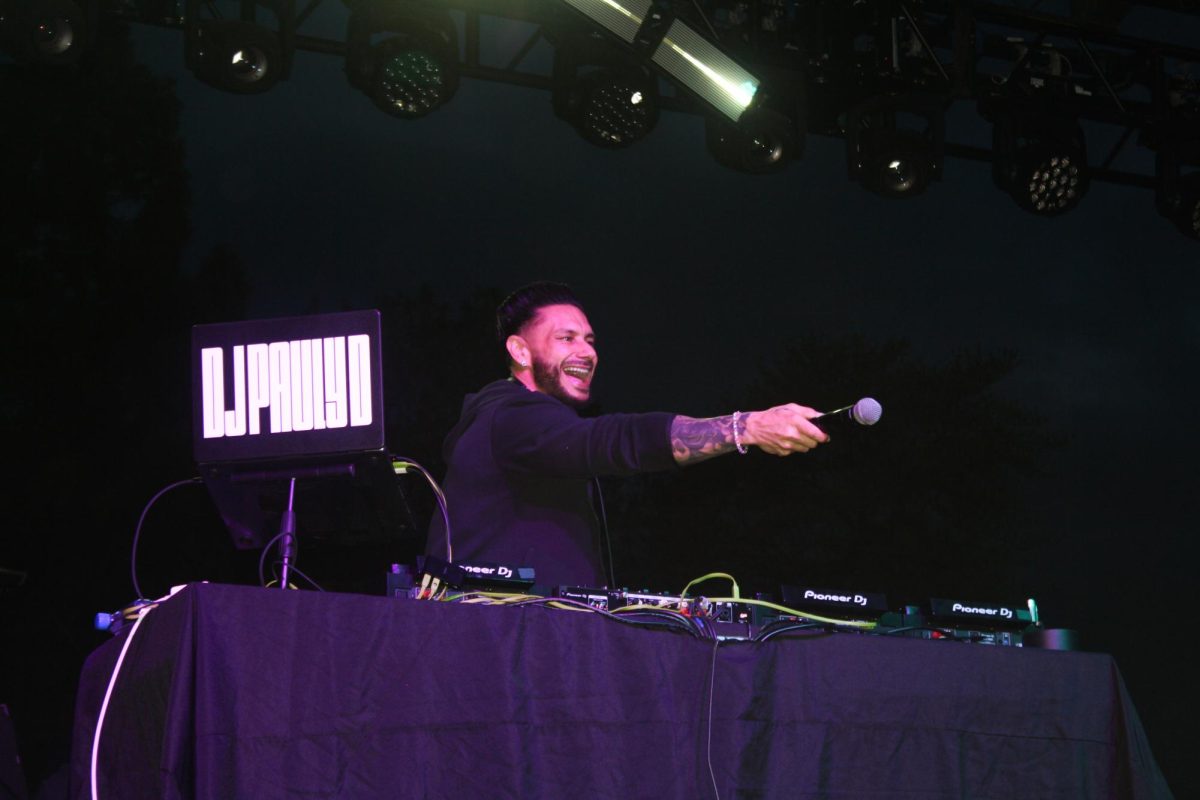


!["Working with [Dr. Lynch] is always a learning experience for me. She is a treasure,” said Thomas. - Staff Writer / Kacie Scibilia](https://thewhitonline.com/wp-content/uploads/2025/04/choir-1-1200x694.jpg)
